In modern bathroom design, lighting is no longer just a functional element; it is an integral part of the spatial atmosphere and visual experience. Increasingly, homeowners are considering the installation of illuminated mirrors or vanity lights when renovating their bathrooms to enhance the user experience.
However, many people ask the same question during the renovation process: Do I still need a separate vanity lamp if I have already installed a mirror with light? This article will help you determine whether a mirror with lights and a vanity lamp can coexist from the perspectives of lighting effect, aesthetics, practicality, and energy consumption, or how to choose the most suitable lighting scheme for your bathroom.
1. The rise of illuminated mirrors: the combination of technology and aesthetics
LED mirrors with lights are one of the most popular products in bathroom decoration in recent years. It embeds LED light sources at the edge or back of the mirror, providing a soft and uniform lighting effect that avoids shadows and glare typically caused by traditional lighting fixtures.
Compared with traditional dressing table lamps, lamps with mirrors have the following significant advantages:
More uniform lighting: LED light sources are strategically distributed around the mirror surface, illuminating the face from the front, making it ideal for precise operations such as shaving, applying makeup, or skincare.
Stronger design sense: Modern LED mirrors often adopt a frameless or ultra-thin design, perfectly integrating with minimalist bathroom styles.
Energy saving and environmental protection: LED lights have low energy consumption and a long lifespan, and can usually be used for over 50,000 hours.
Diverse additional features: Many illuminated mirrors come with anti-fog function, adjustable lighting, color temperature switching, and even touch sensing and Bluetooth music system.
Therefore, for users with small bathrooms or those pursuing a modern minimalist style, a mirror with a lamp can often replace traditional dressing table lamps, providing a more practical and aesthetically pleasing lighting experience.
2. The advantages of dressing table lamps: undeniable layered lighting
Although the mirror function is powerful, traditional dressing table lamps still have their irreplaceable value.
Provide additional brightness:
The light with a mirror is mostly soft "surface light", while a dressing table lamp can supplement the overall lighting of the space. For example, when the bathroom area is large and the ceiling is high (over 9 feet), relying solely on mirror lights may not appear bright enough.
Increase lighting levels:
Advanced bathroom lighting often emphasizes a sense of hierarchy. Sky lanterns provide ambient light, while mirror lights provide task lighting, and wall lamps or vanity lamps increase visual depth, making the space look warmer.
Enhance the decorative effect:
For bathroom designs that emphasize style, such as American retro or French styles, elegant brass wall lights or glass lampshades can serve as decorative focal points, adding a sense of luxury to the overall space.
3. Can a vanity lamp and a mirror coexist?
Experts suggest that in most bathrooms, the two are not an "either or" choice, but can complement each other.
3.1 The size of the space determines the combination method
Small bathroom (less than 40 sq ft): Equipped with a light mirror that meets the lighting needs, especially when the bathroom has no natural lighting, choosing an adjustable brightness LED mirror is the most practical option.
Medium or large bathrooms (over 60 sq ft): It is recommended to combine a light mirror with wall or ceiling lights to flexibly adjust brightness in different usage scenarios (such as night lighting, dressing, cleaning).
3.2 Color temperature matching
To avoid lighting conflicts, experts suggest maintaining a uniform color temperature. Mirrors with lights often provide an adjustable range of 3000K (warm white light) to 6000K (cool white light).
If an additional vanity lamp is installed, it is best to choose a neutral light with a color temperature of around 4000K to ensure a natural facial skin tone.
3.3 Installation location and distance
The illuminated mirror should be installed approximately 36-40 inches above the dressing table, so that the center of the mirror is level with the user's line of sight.
If installing a vanity lamp at the same time, the ideal position is about 18 inches from the center on both sides of the mirror, and the bottom of the lamp should be about 65-70 inches off the ground to minimize facial shadows.
4. Energy consumption and maintenance: which is more cost-effective?
In terms of energy efficiency, LED with mirrors is undoubtedly the winner. Compared to traditional halogen or incandescent bulbs, LED lighting can save up to 70% of electricity. Additionally, it requires minimal bulb replacement and generates minimal heat.
For bathrooms equipped with multiple sets of vanity lamps, although the lighting is more abundant, the power consumption is higher, and regular maintenance of the bulbs and lampshades is required.
If choosing a multi-point lighting solution, it is recommended to use energy-saving LED bulbs to balance brightness and energy consumption.
5. Aesthetics and Spatial Atmosphere: How to Choose Style?
The mirror and dressing table lamp each have their own characteristics in design language:
Equipped with a lamp mirror: Represents minimalist modern style with simple lines, making it suitable for contemporary, Nordic, or modern-style bathrooms.
Dressing table lamp: More decorative, allowing for a choice of metal, glass, or marble elements, suitable for traditional or retro styles.
If you want to create a "hotel level" sense of luxury, a light mirror with soft ceiling lights is the ideal choice; if you want a more cozy space, you can add a pair of metal wall lights to create a visual focal point.

6. Expert advice: How to choose the most suitable lighting combination
According to the 2025 Home Lighting Trends Report, consumers place greater emphasis on "multifunctionality" and "scenarization" in their bathroom lighting choices.
Several practical suggestions summarized by industry experts:
Pay attention to natural light simulation: Choose a light mirror with adjustable brightness and color temperature to maintain comfortable lighting in both morning and evening.
Avoid a single light source: Even if the light is evenly distributed with a lamp, consider using a mirror, top lights, or wall lights as auxiliary sources to prevent the space from appearing flat.
Reasonably control the installation height: Ensure that the lighting angle covers the face, rather than looking down from above, to avoid shadows.
Consider anti-fog and waterproof rating: Bathroom lighting must comply with IP44 or higher standards, especially near shower areas or bathtubs.
7. Conclusion: With a mirror and dressing table lamp, the perfect partner for an ideal bathroom
In modern bathroom renovation, illuminated mirrors have indeed become the mainstream choice due to their dual advantages of practicality and aesthetics. But this does not mean that dressing table lamps are outdated.
For those who pursue a high-quality life, the key to creating a bathroom that combines comfort and functionality is to match two types of lighting forms reasonably.
If your bathroom space is small and the lighting is limited, a lamp mirror can be used for multiple purposes, meeting all daily lighting needs.
Suppose you have a spacious double vanity area or value the atmosphere of the space. In that case, the combination of a lamp, a mirror, and a dressing table lamp can bring a more layered visual experience.
No matter which plan you choose, remember – appropriate lighting not only illuminates the space, but also enhances the quality of life.
This is also one of the most worthwhile investment details in every bathroom renovation.

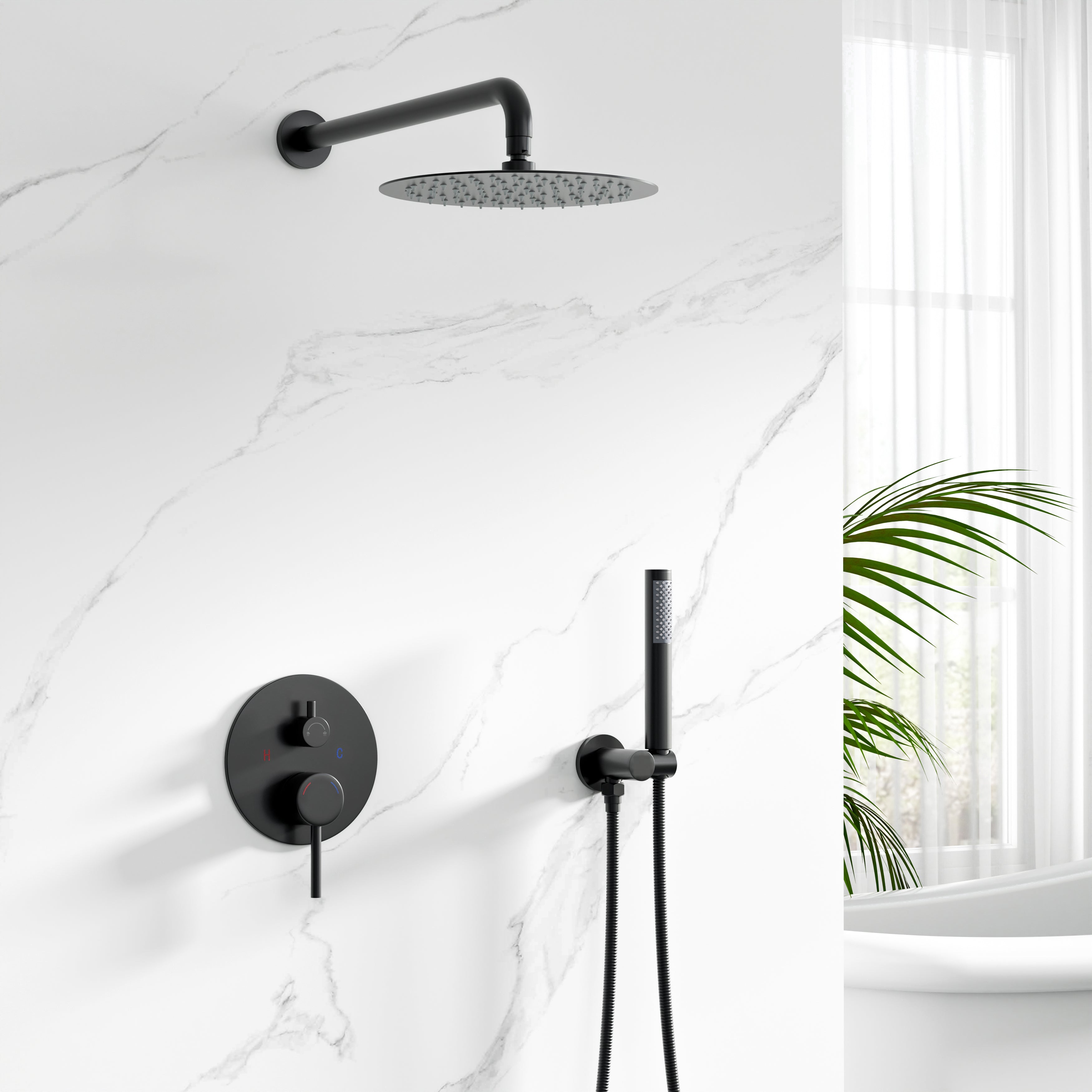
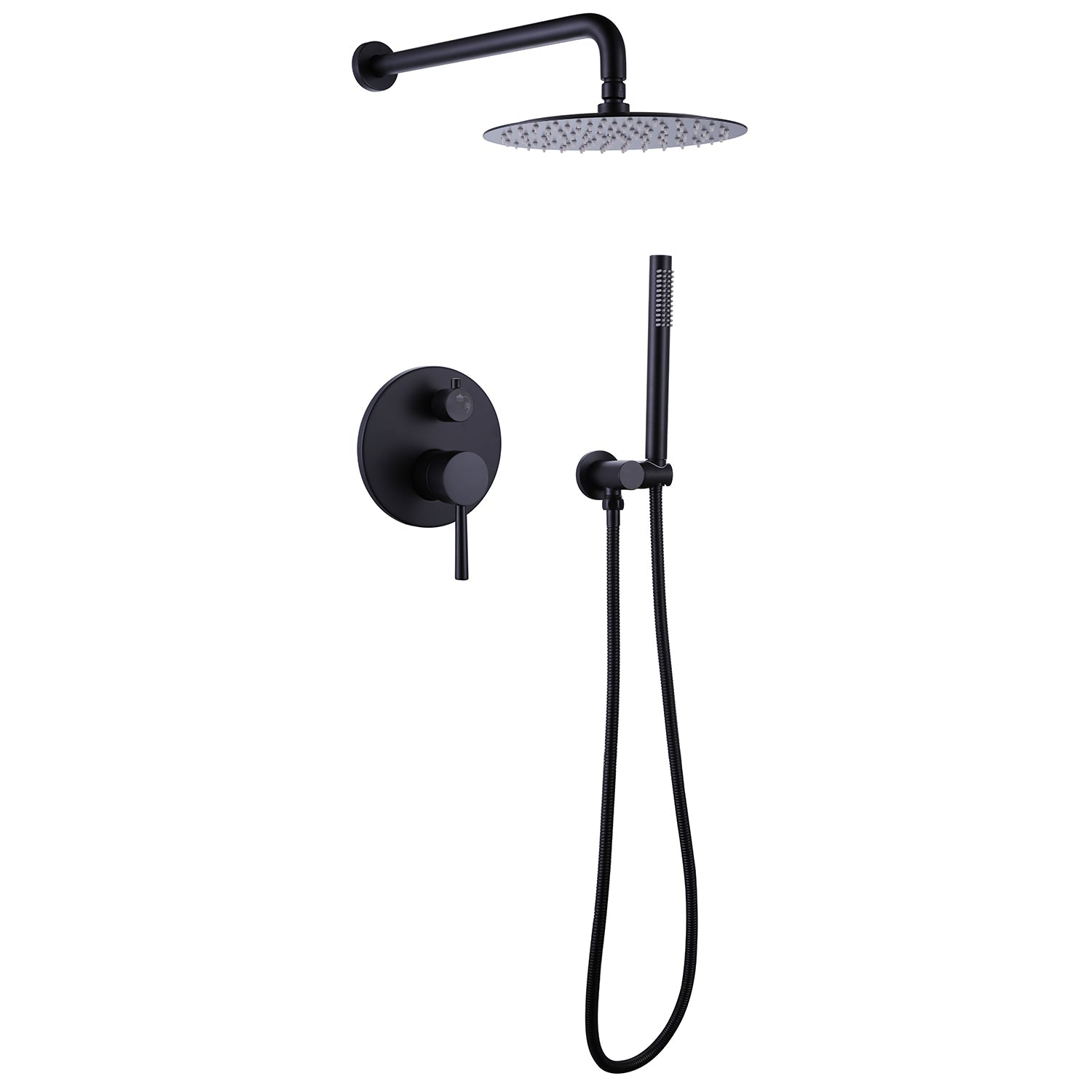


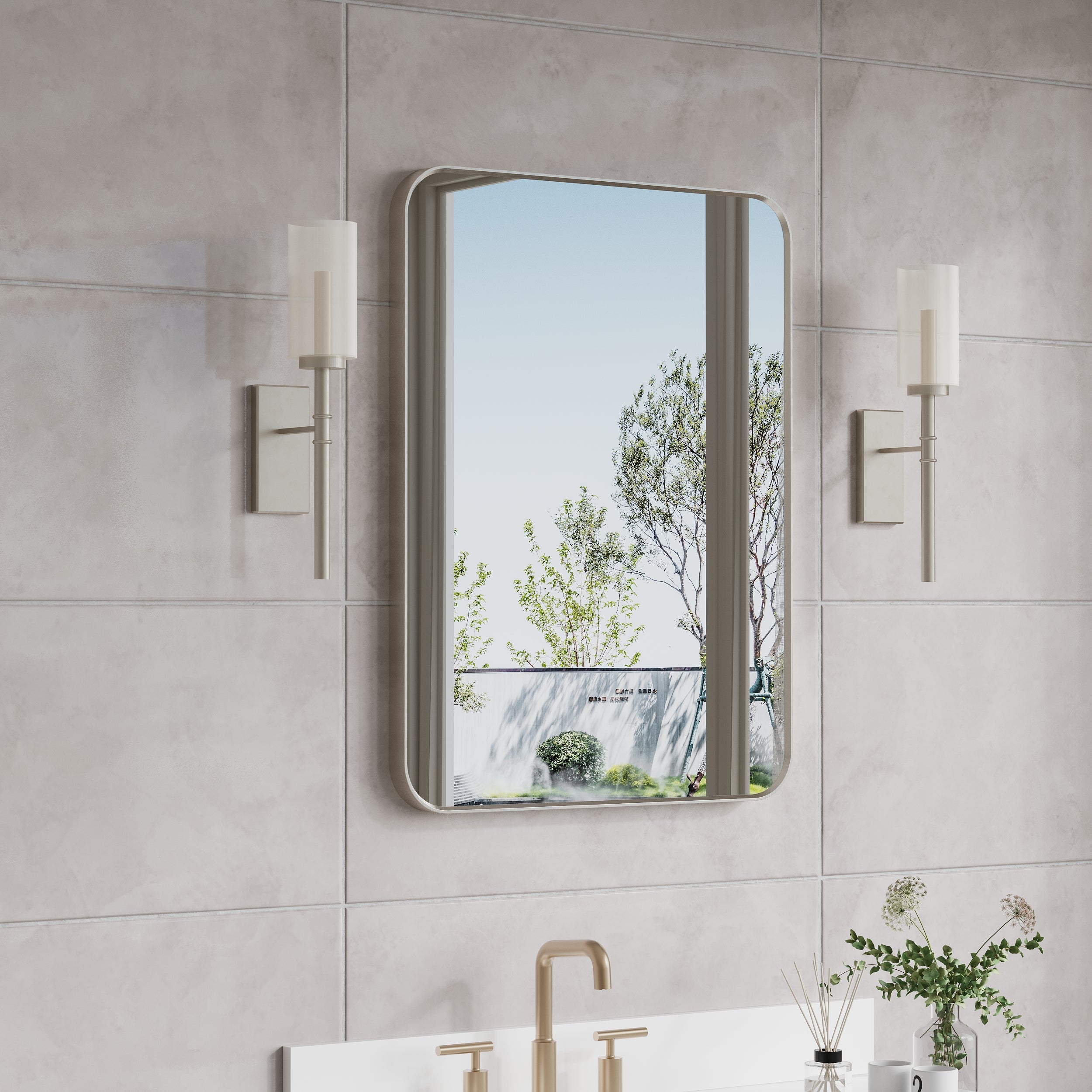
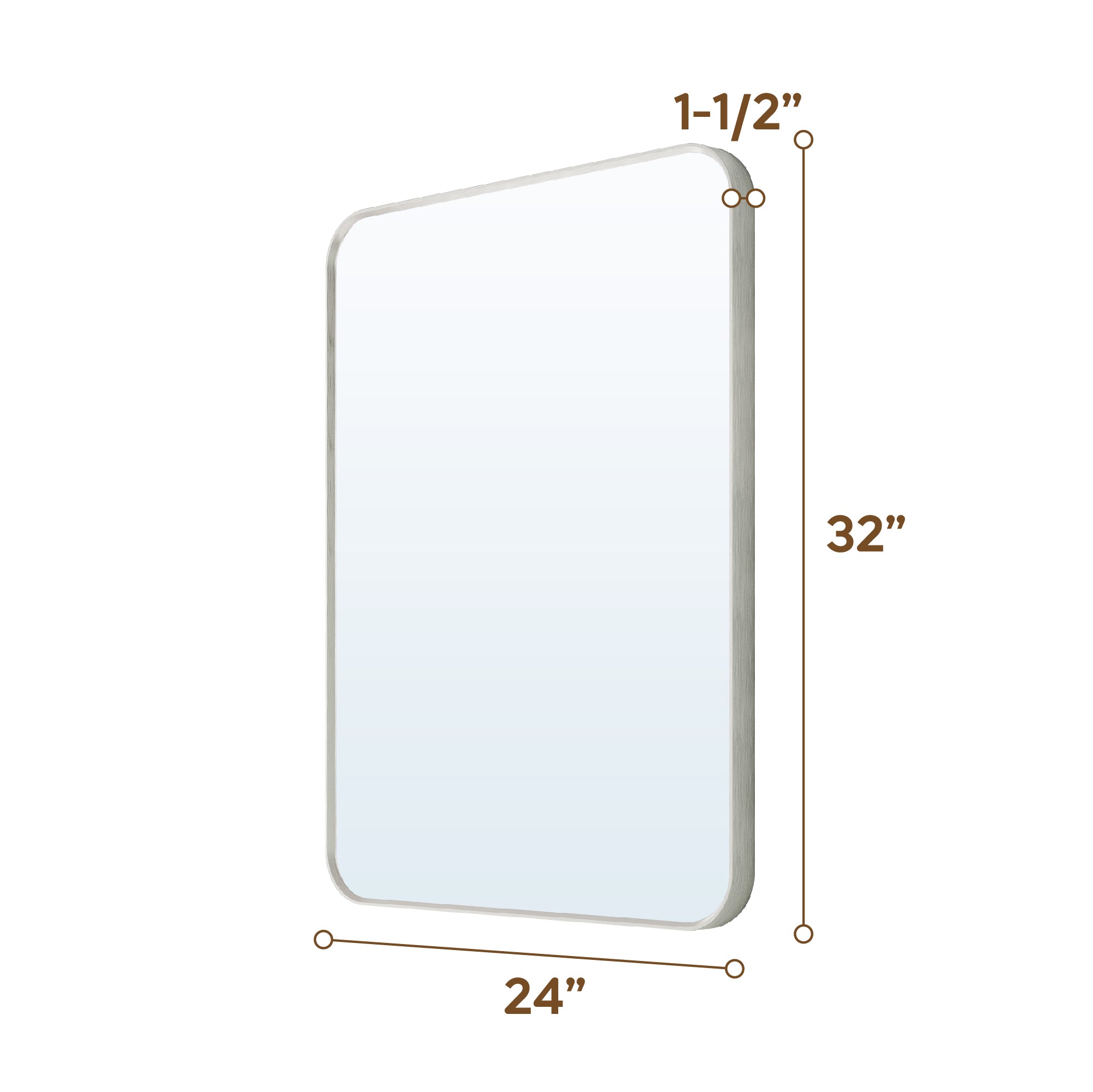
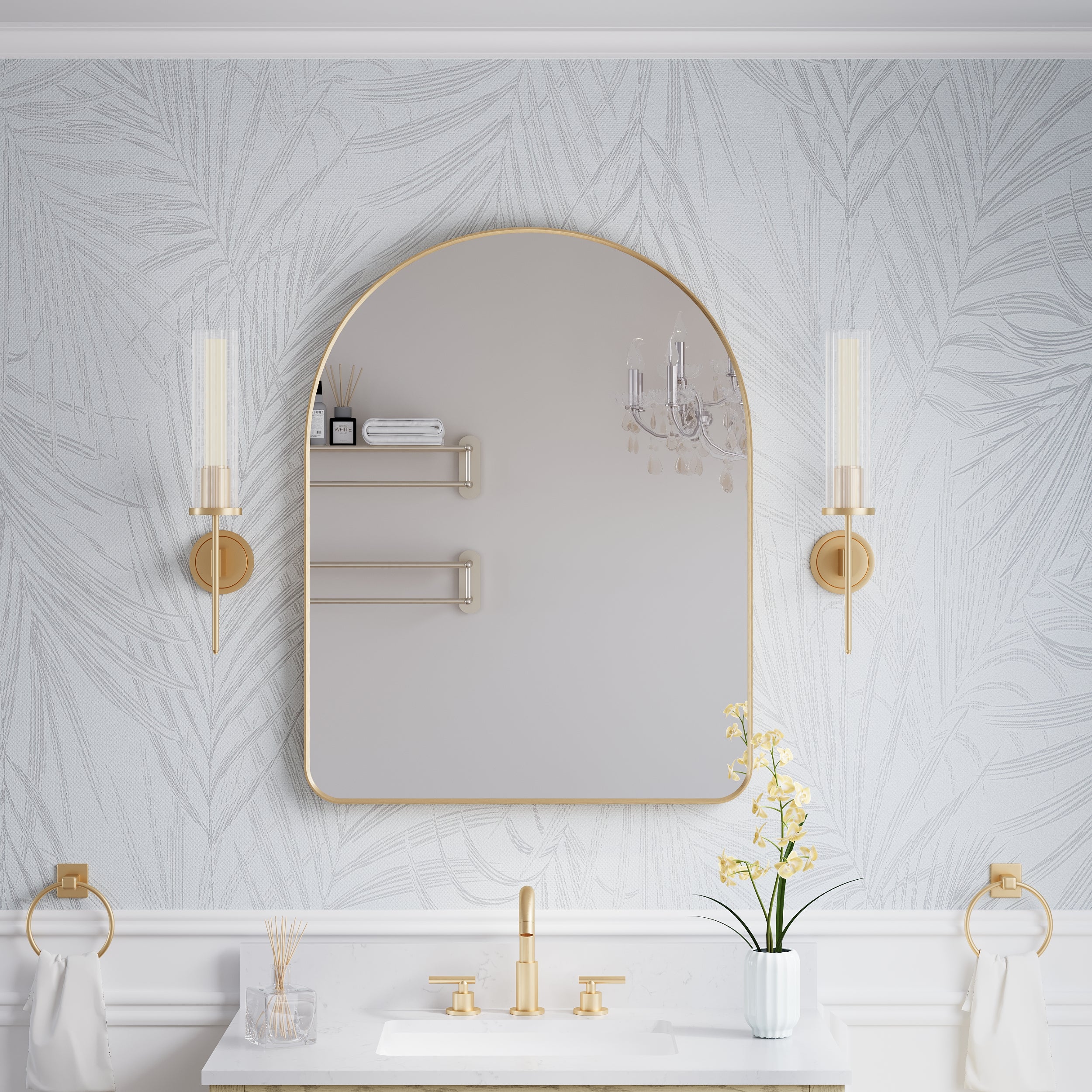

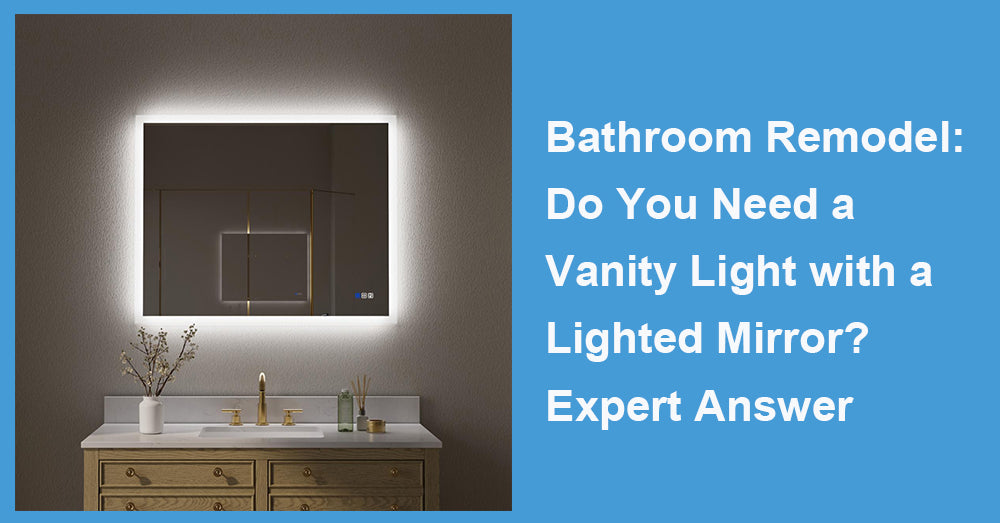
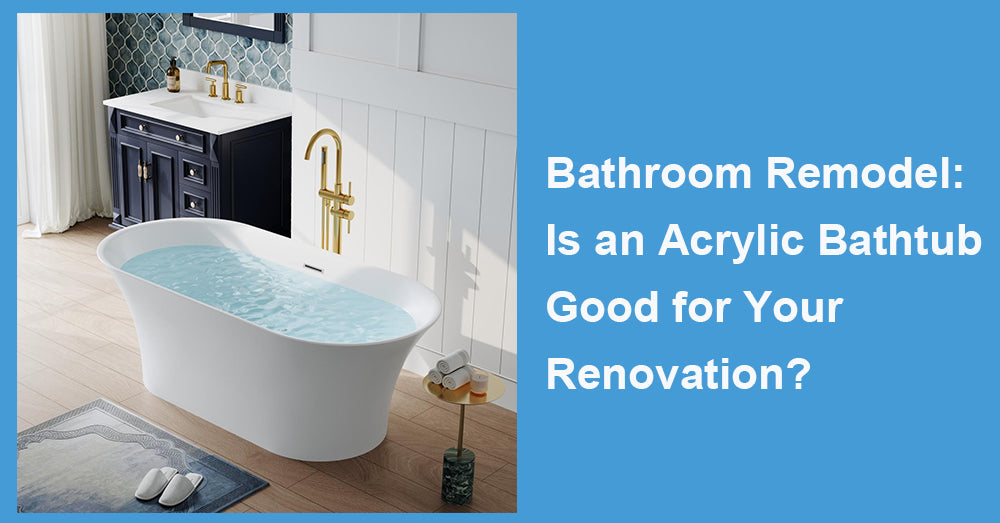
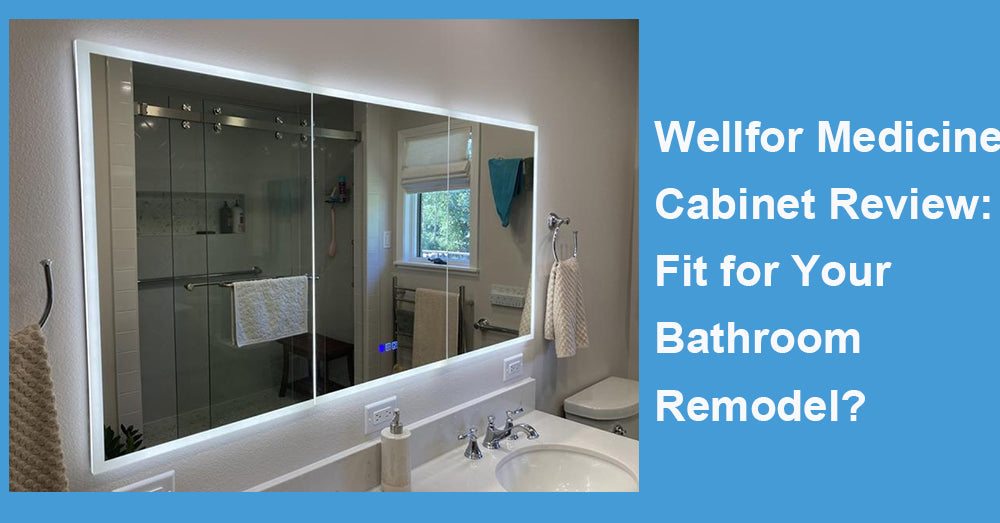
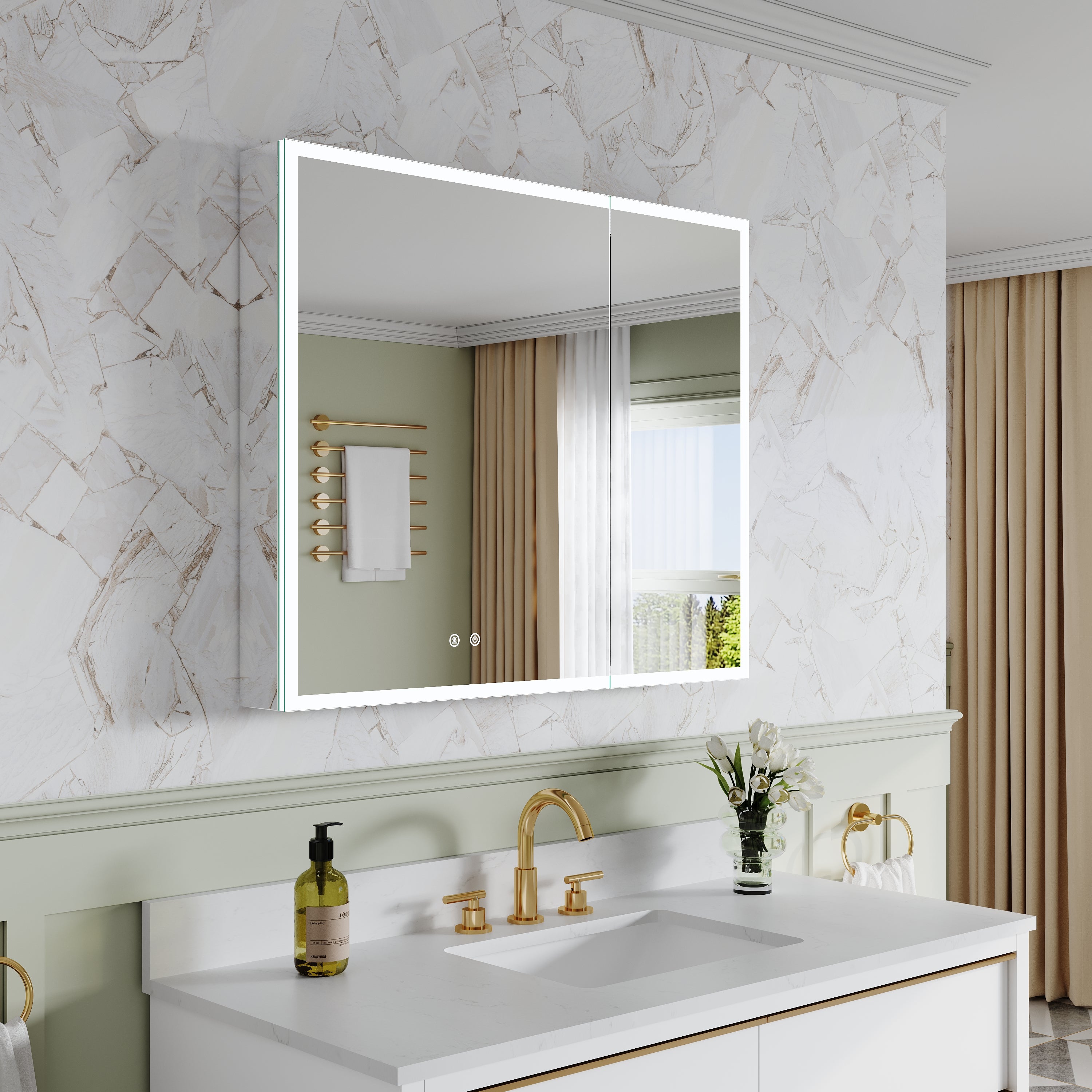
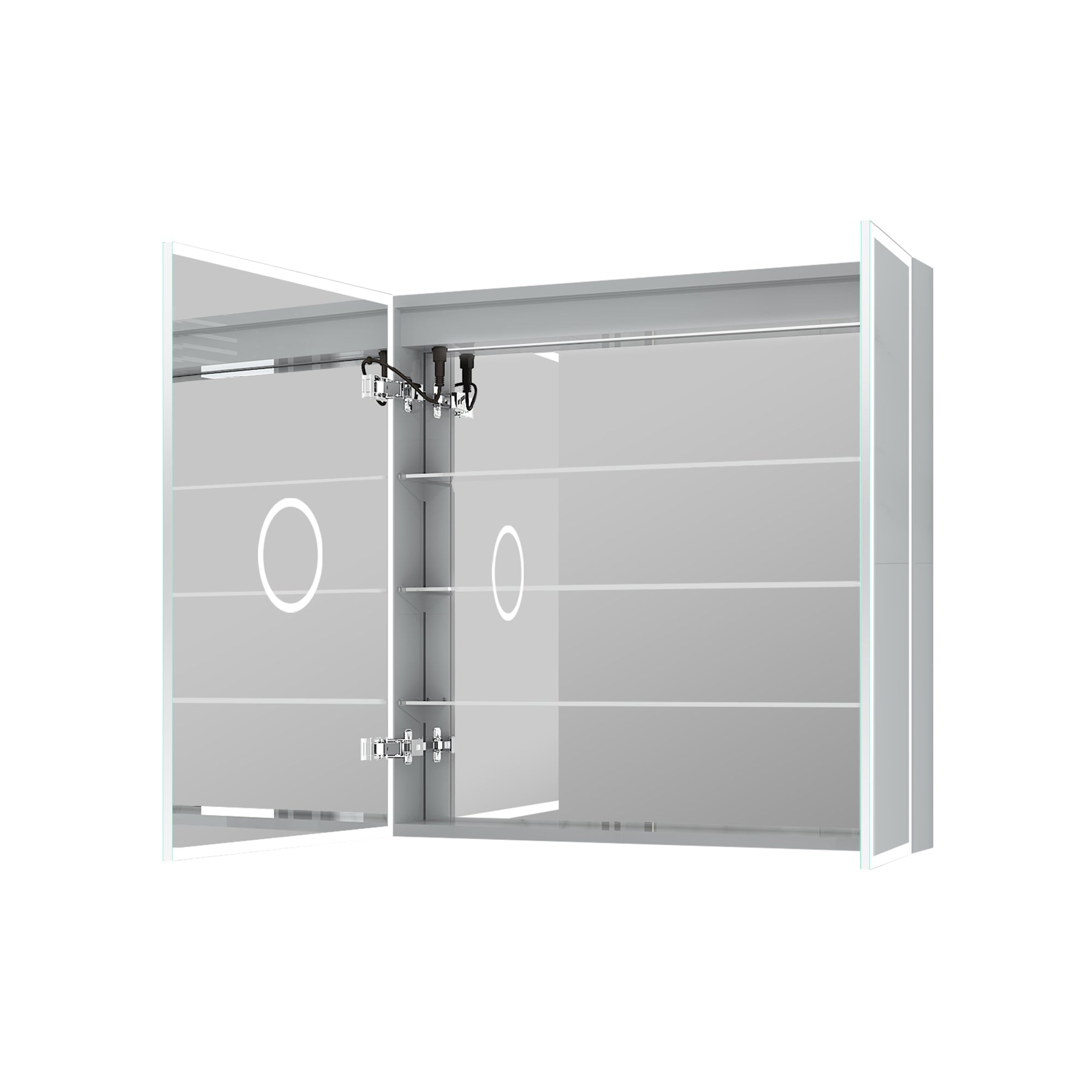
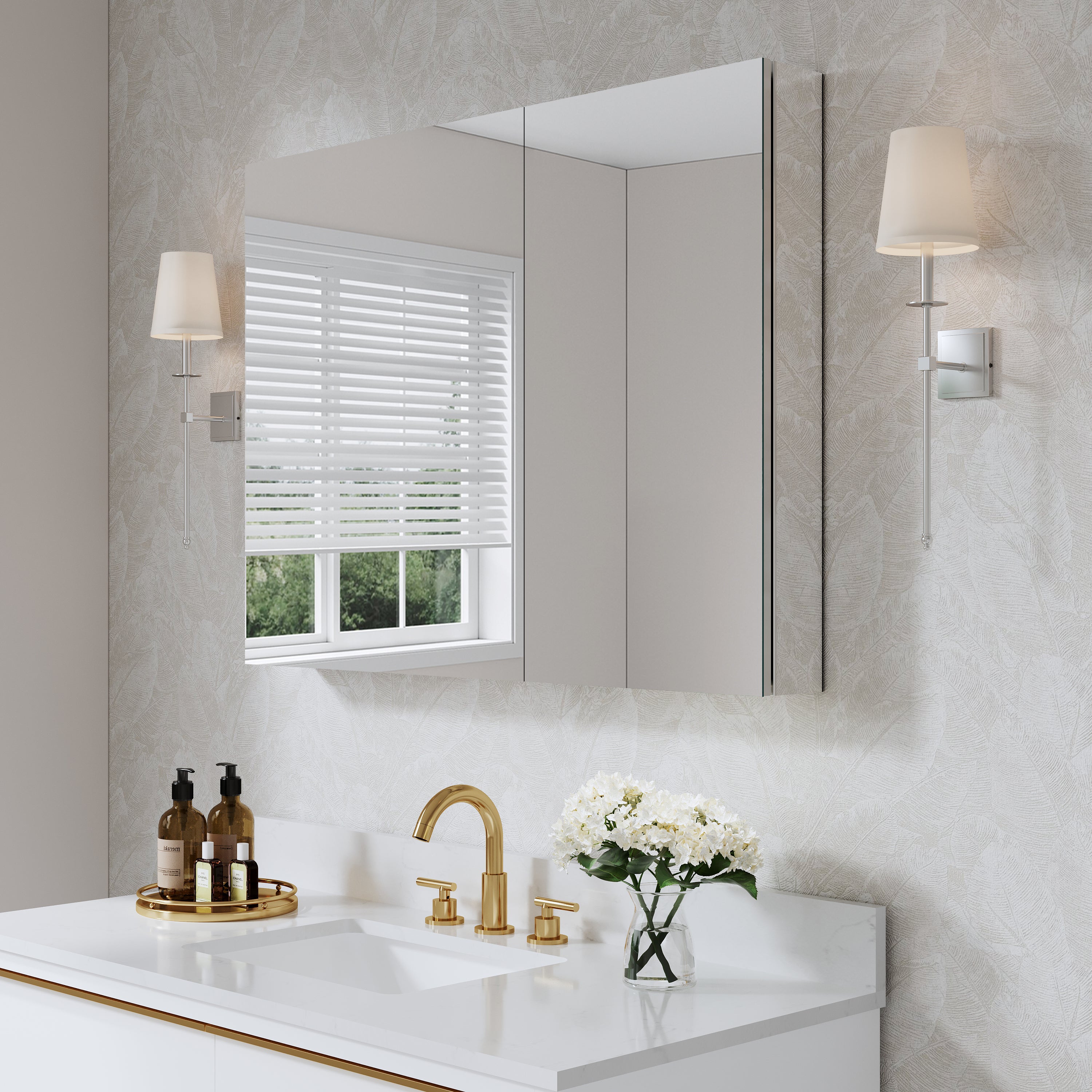

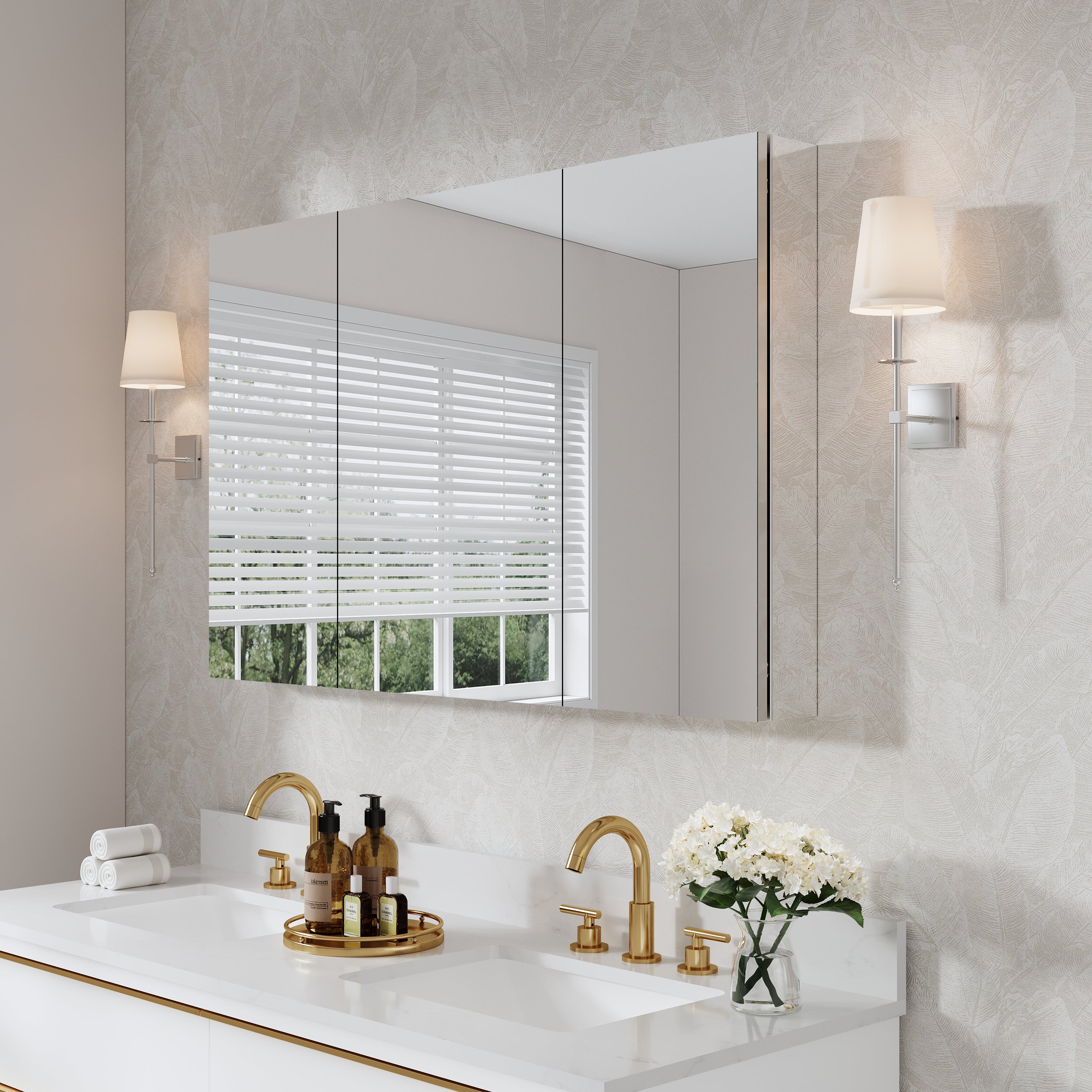
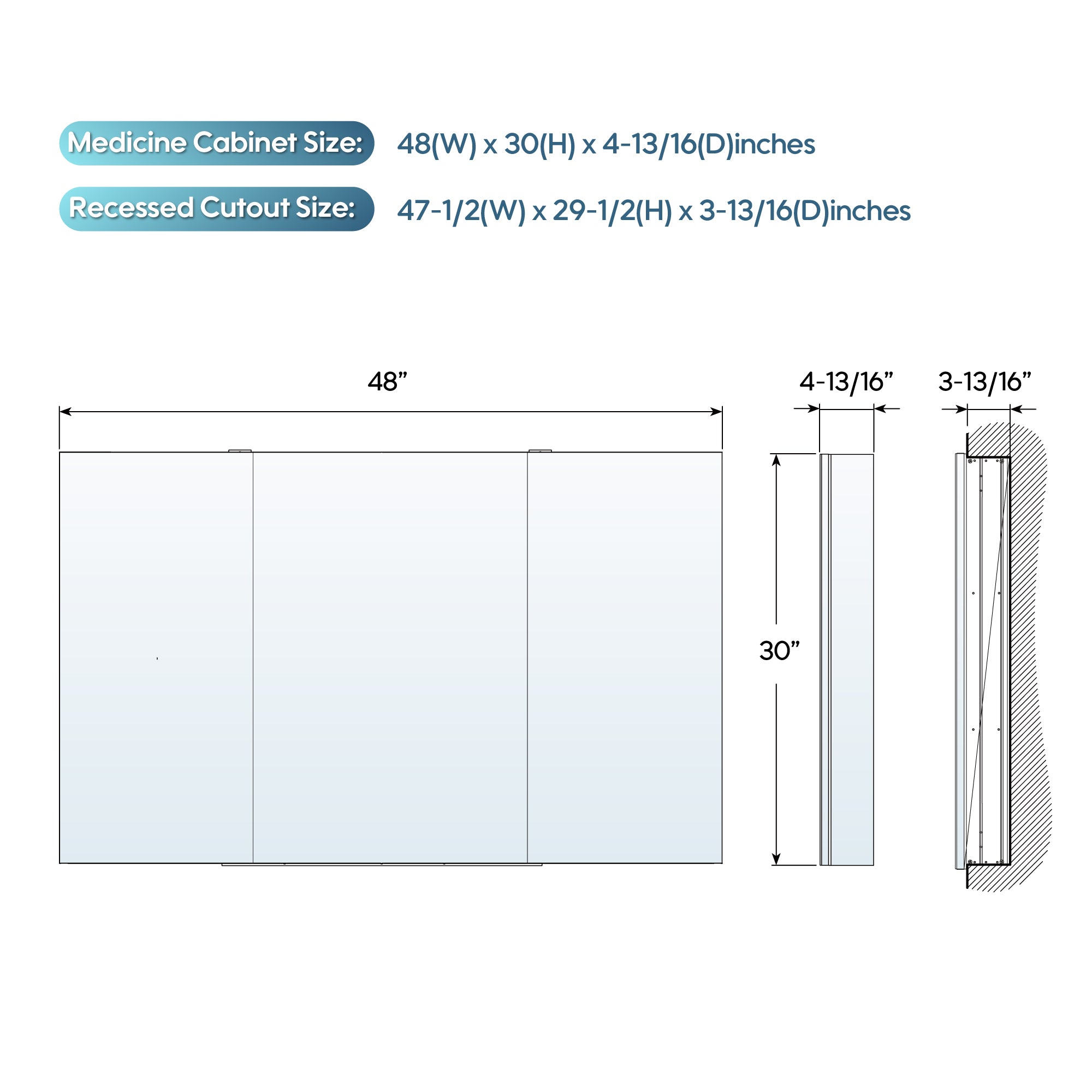
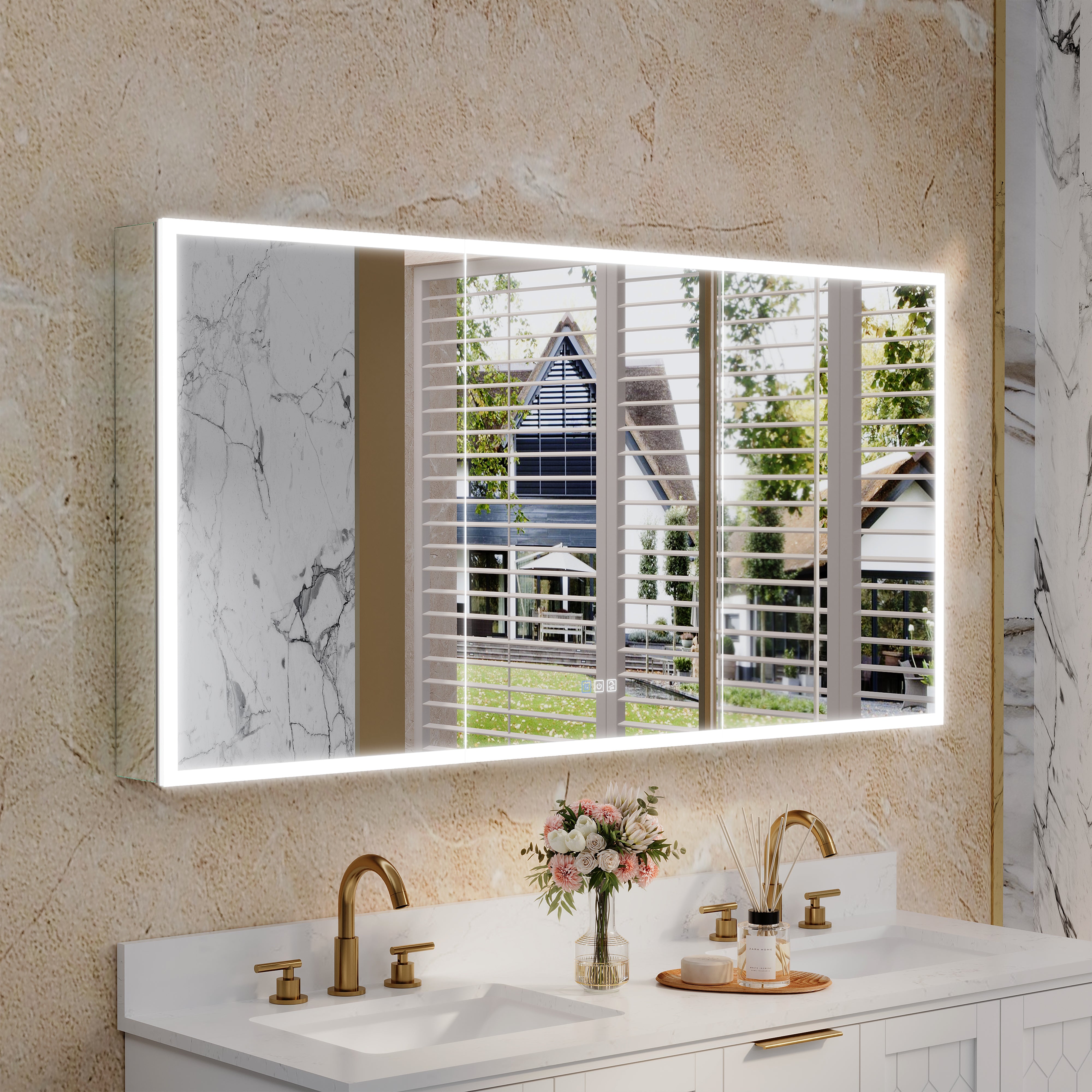
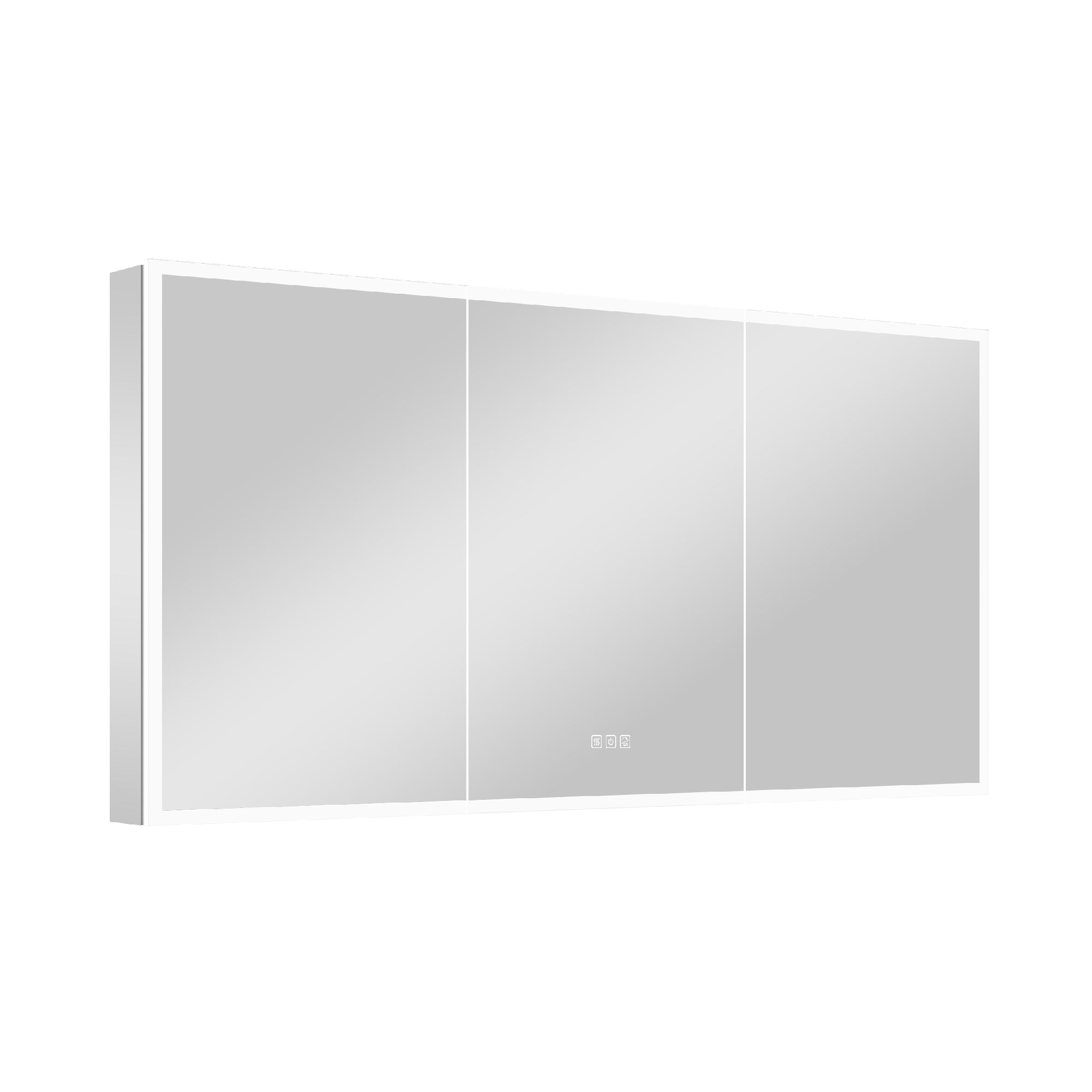
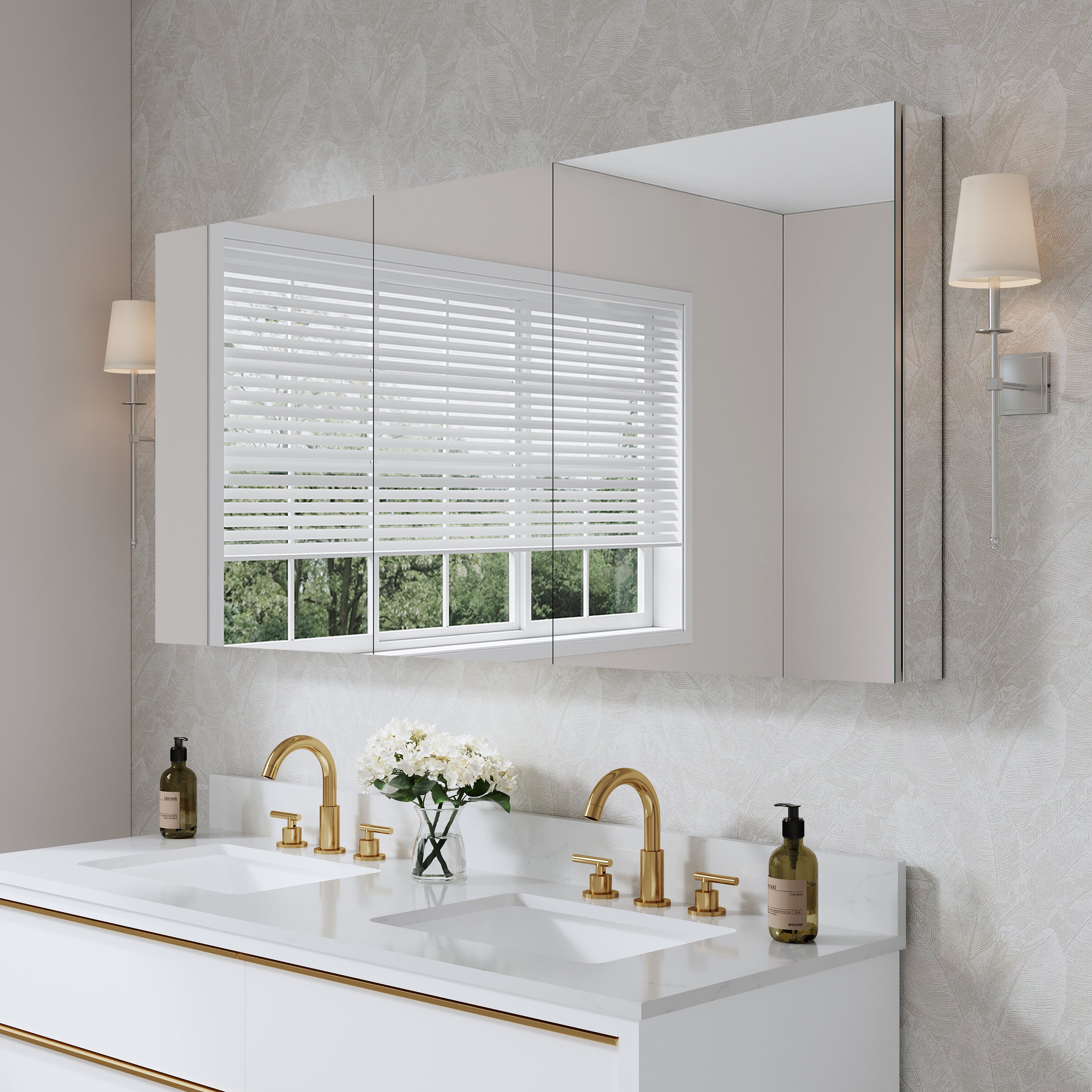

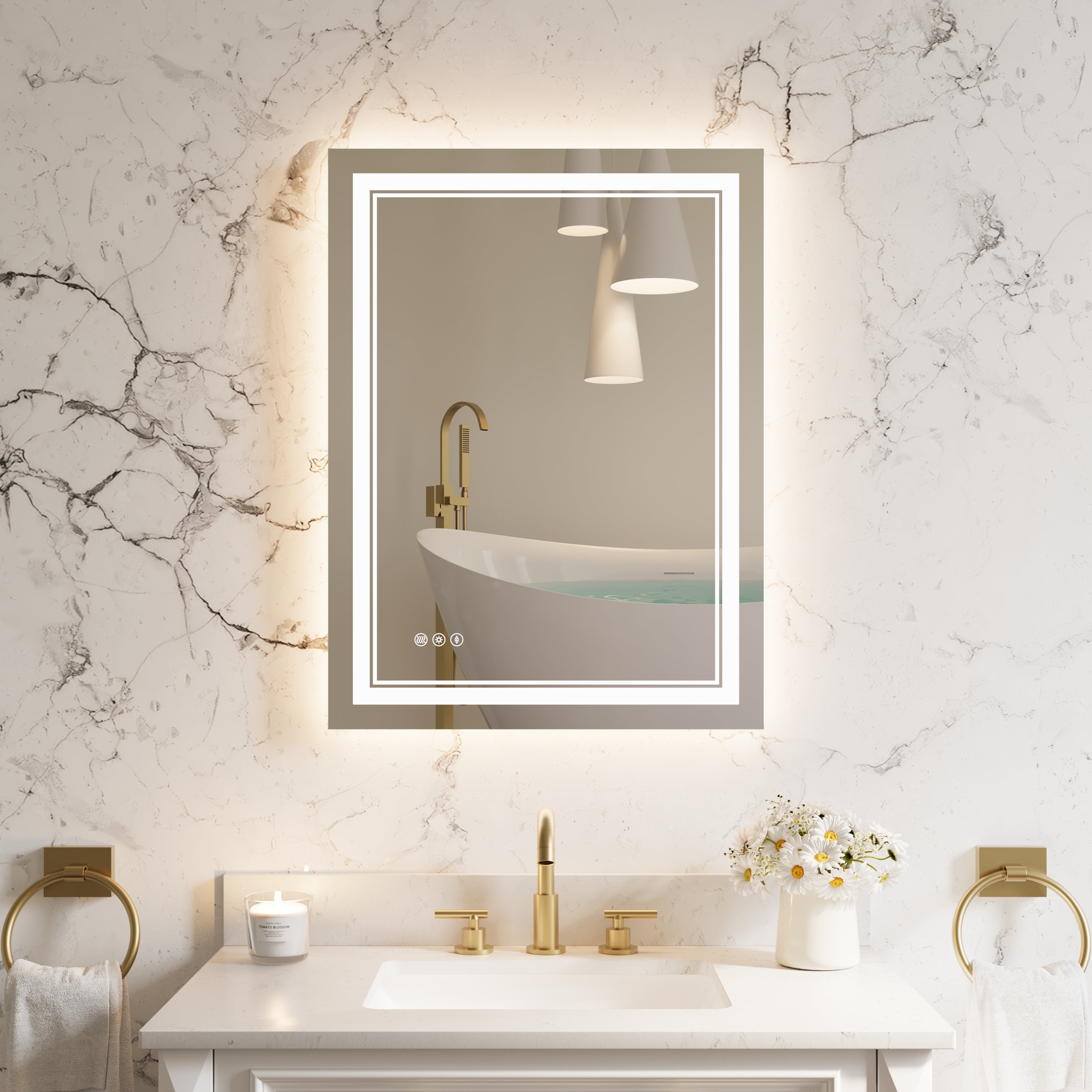
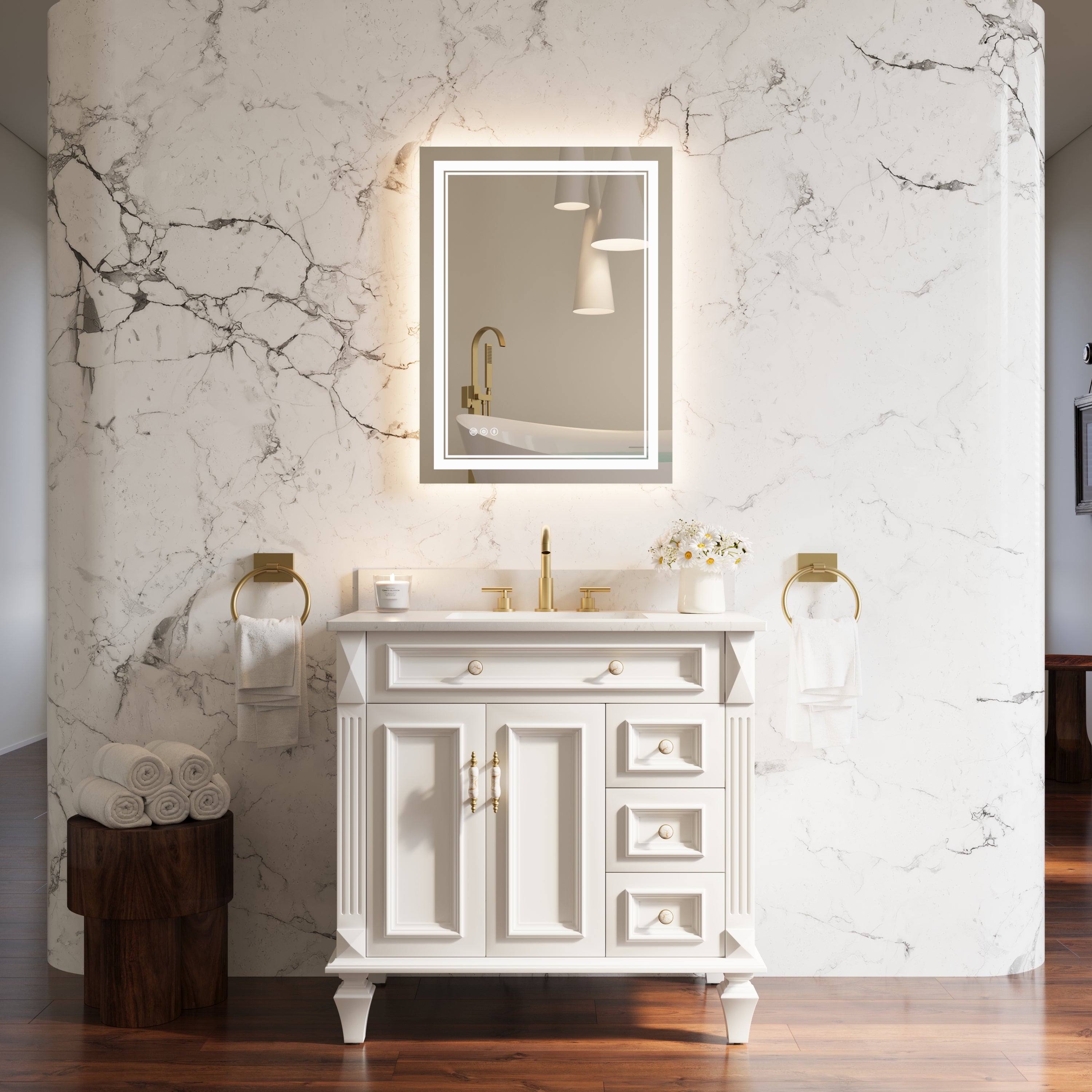
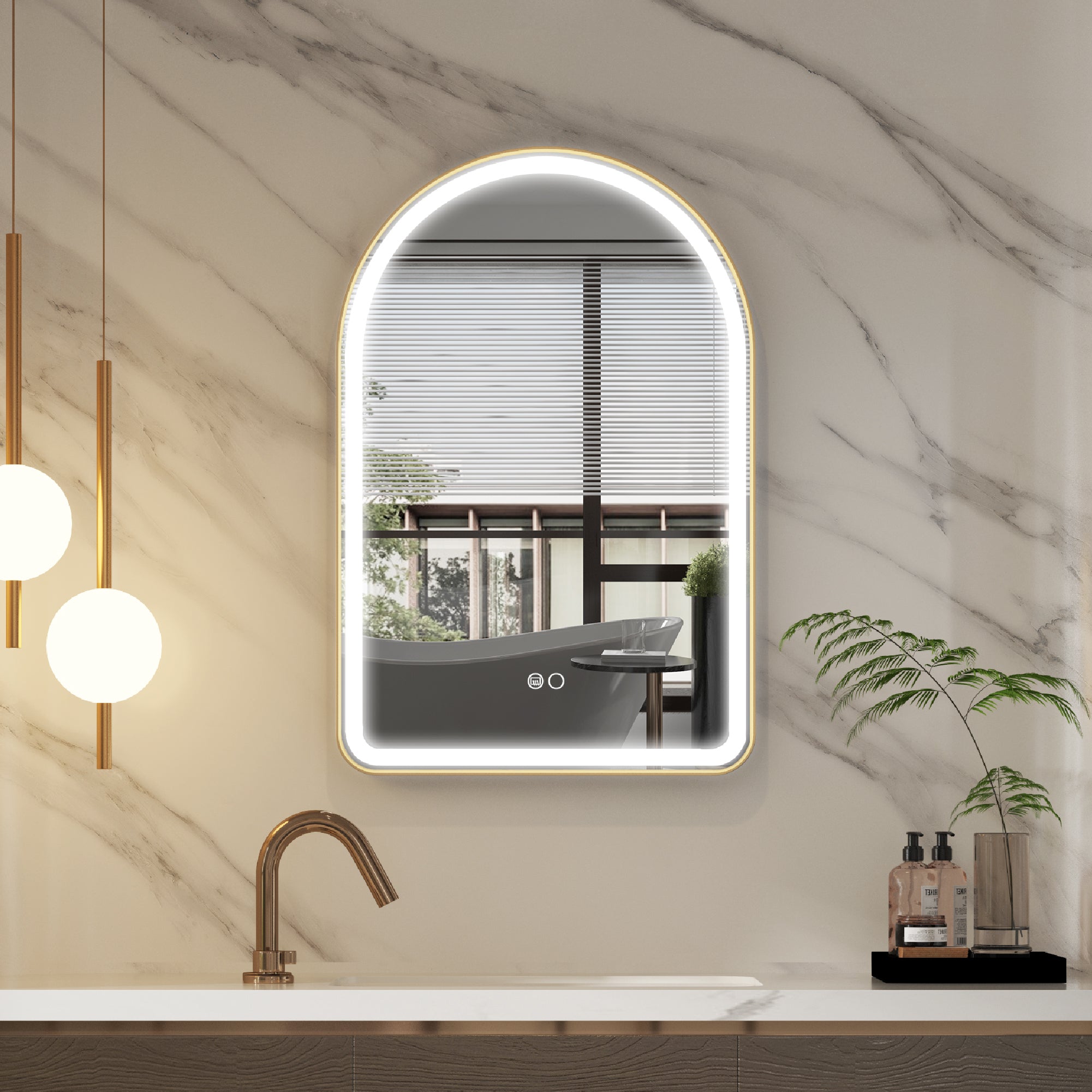
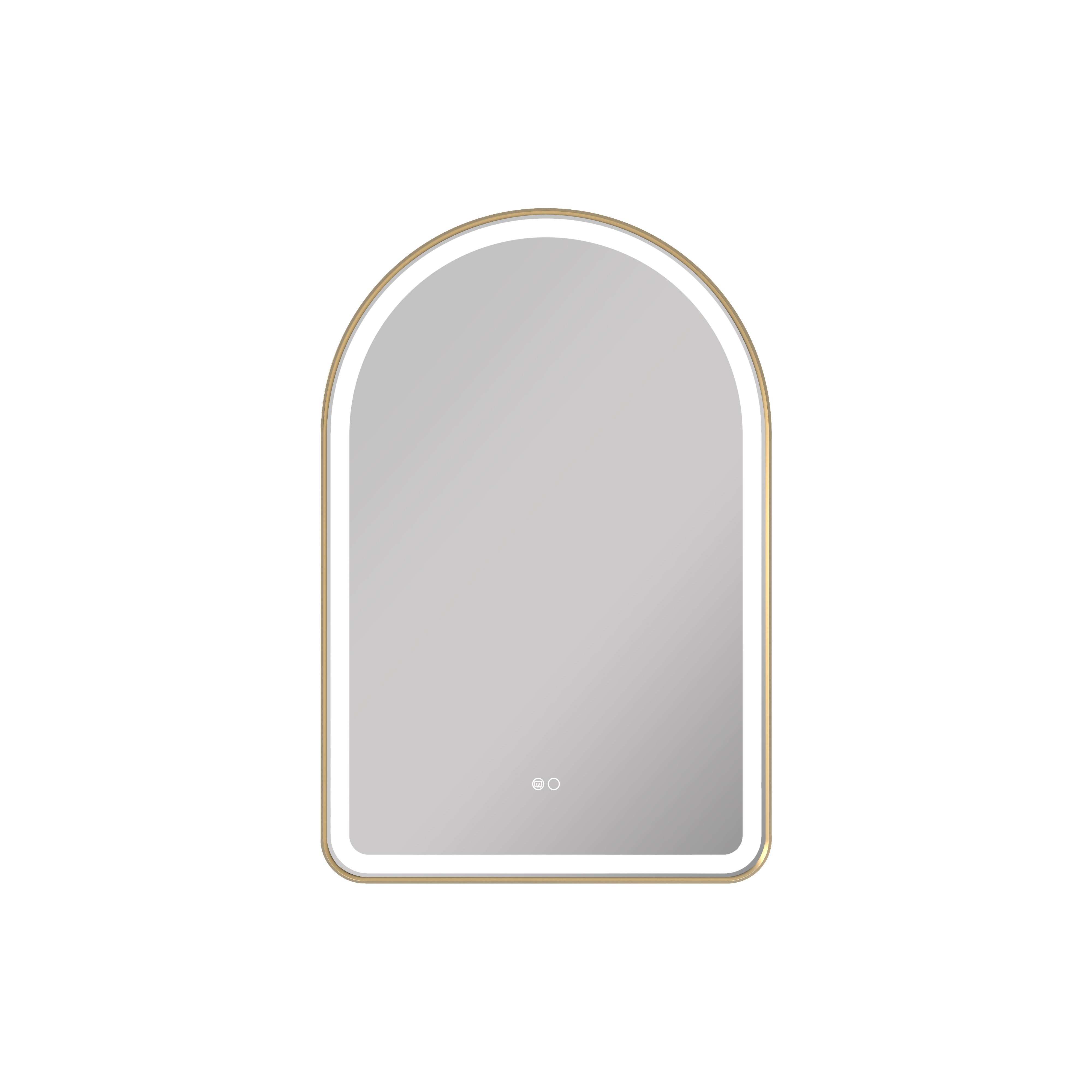
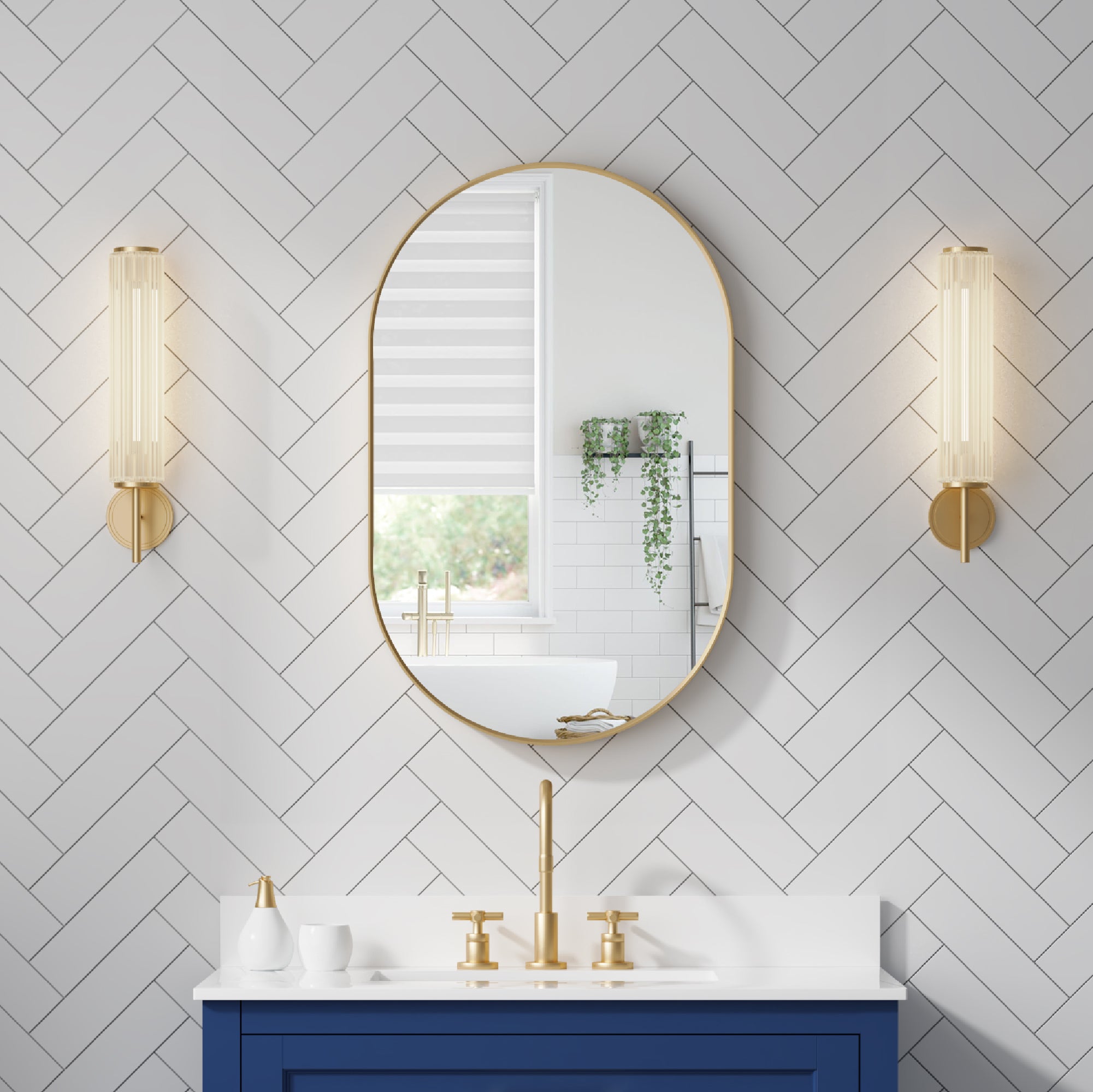
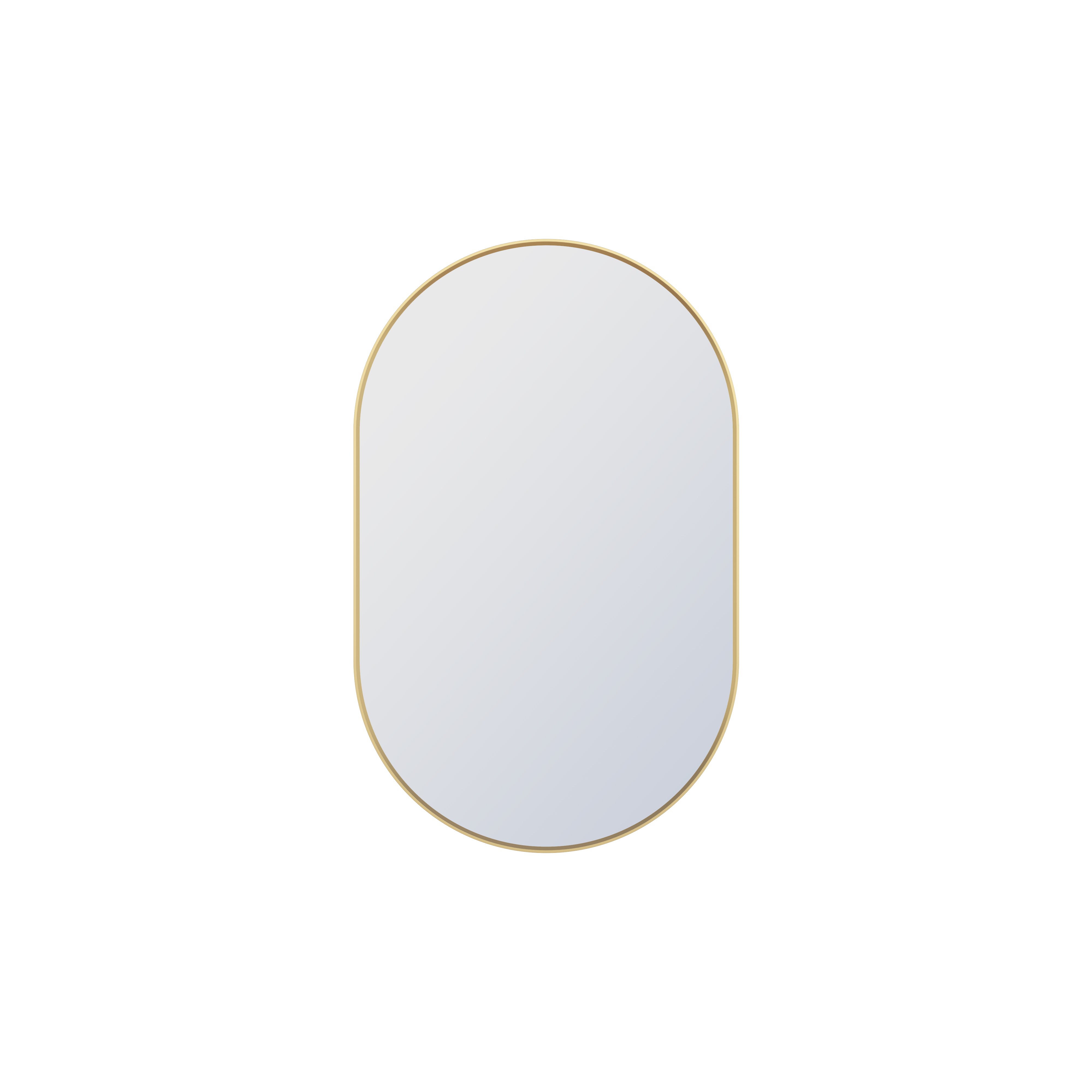


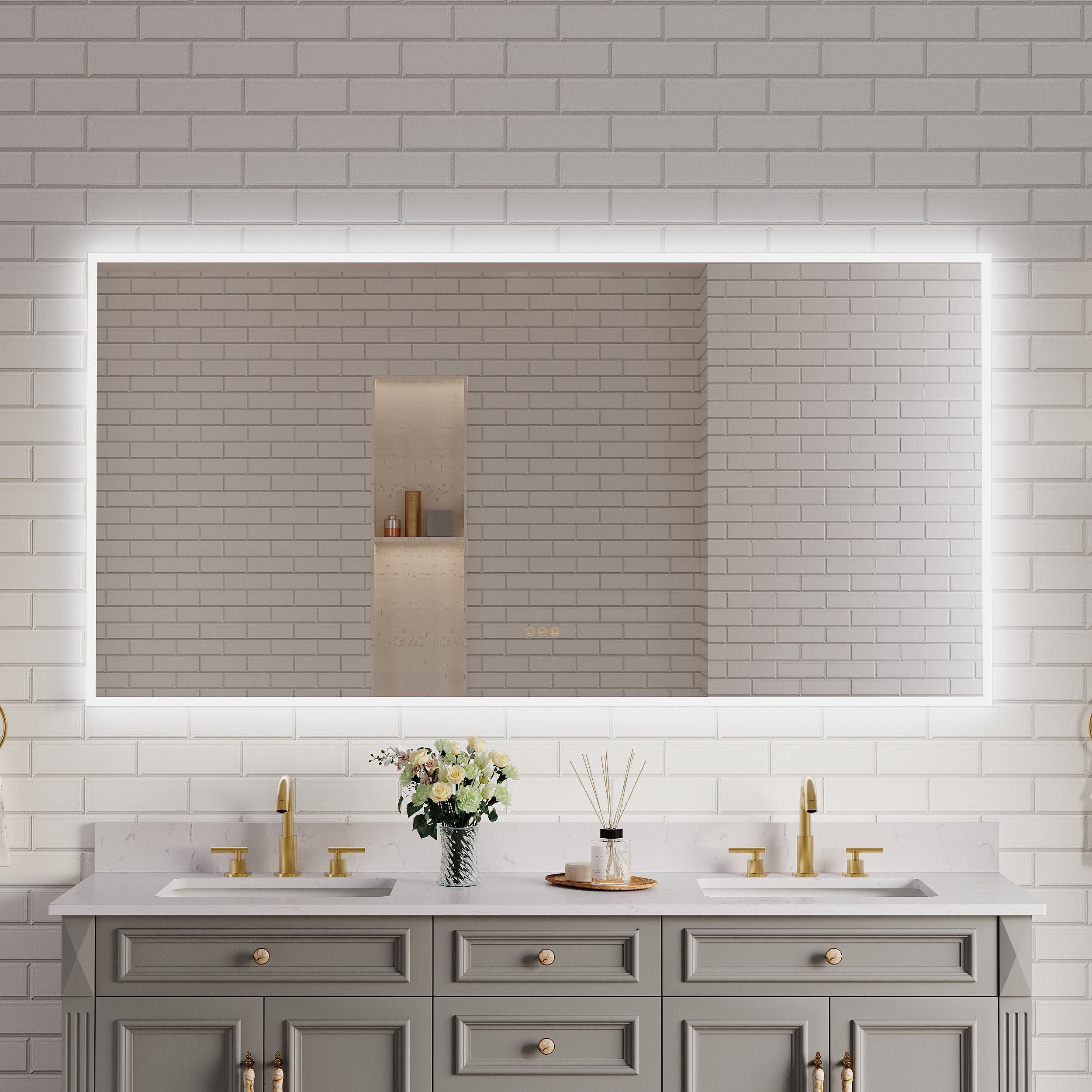





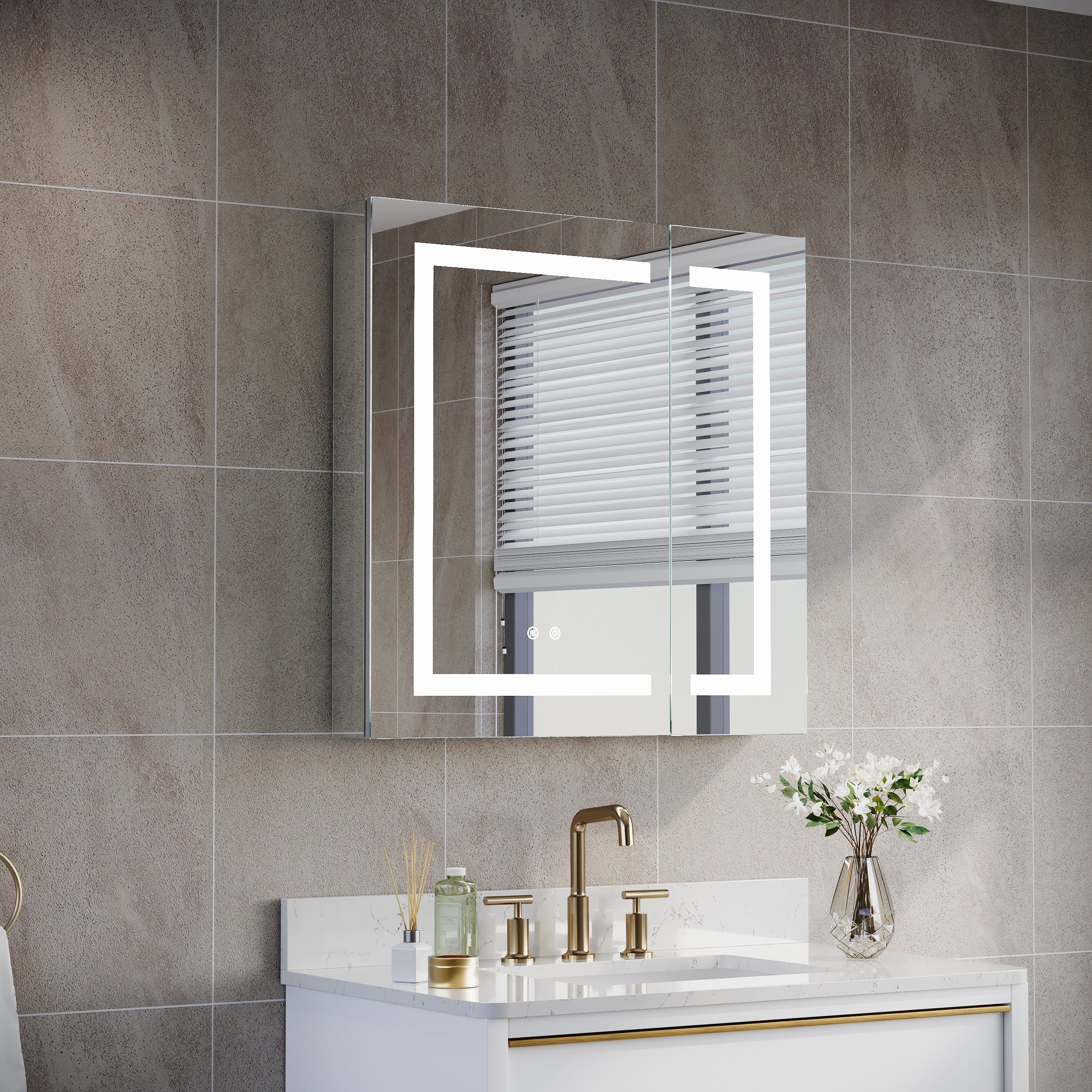
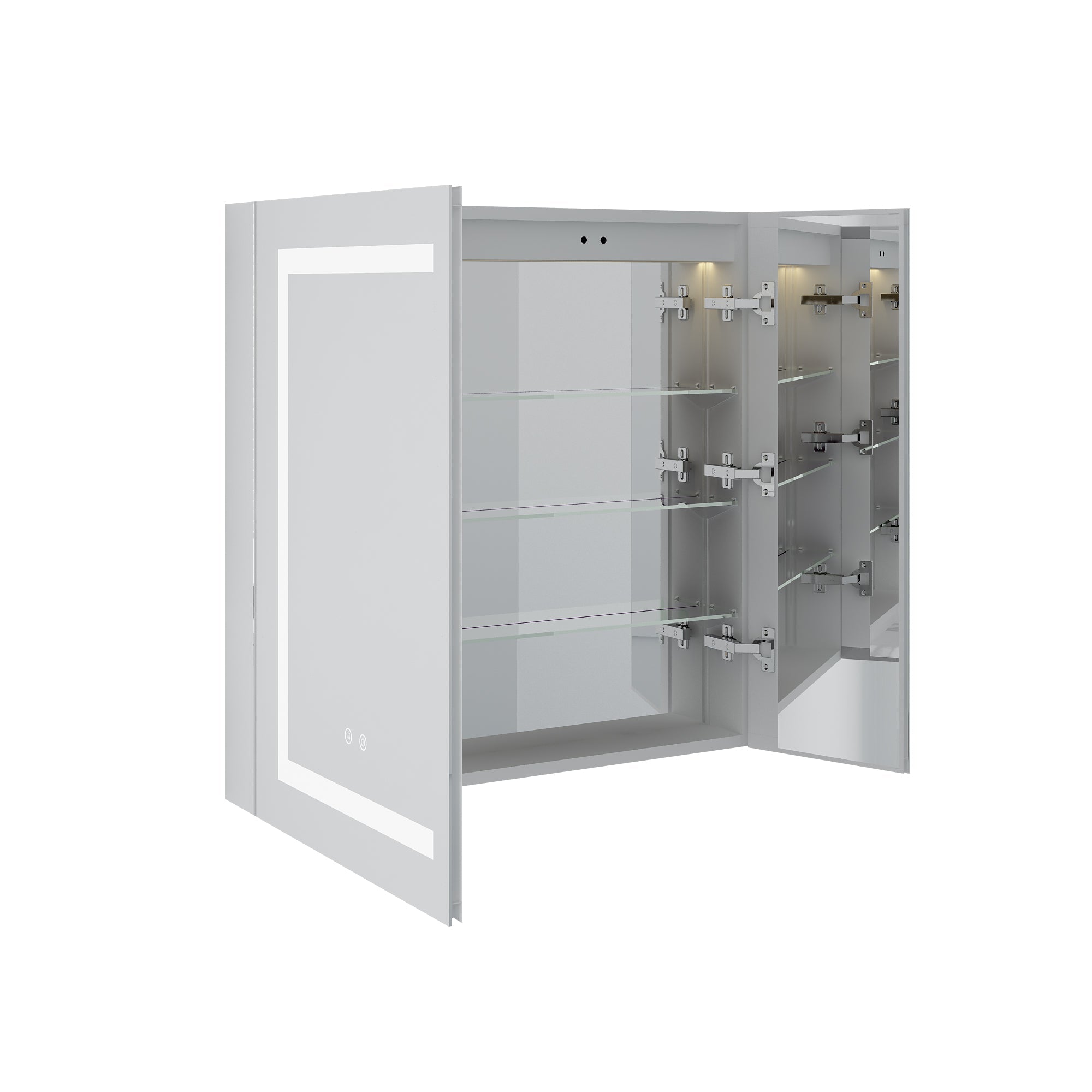




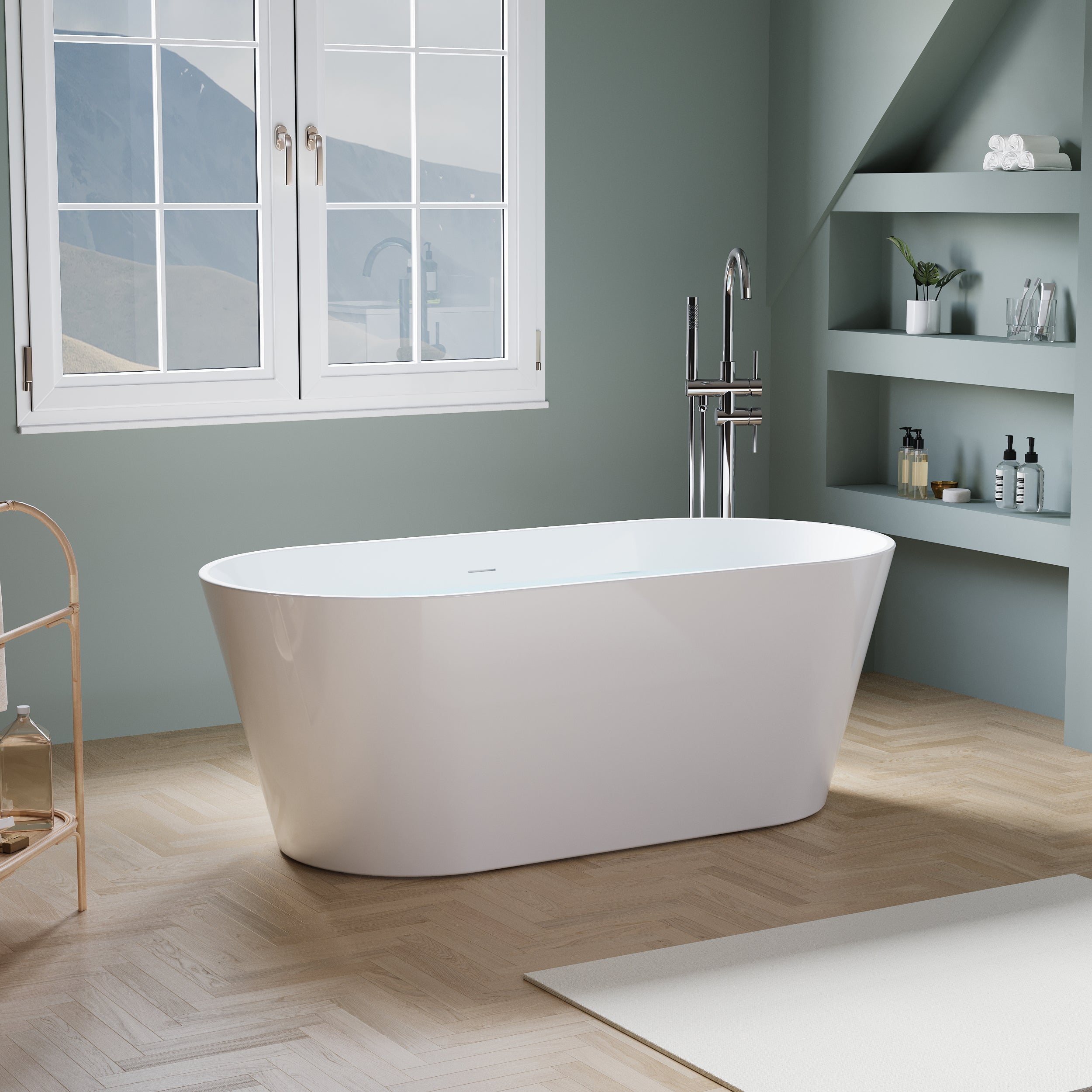
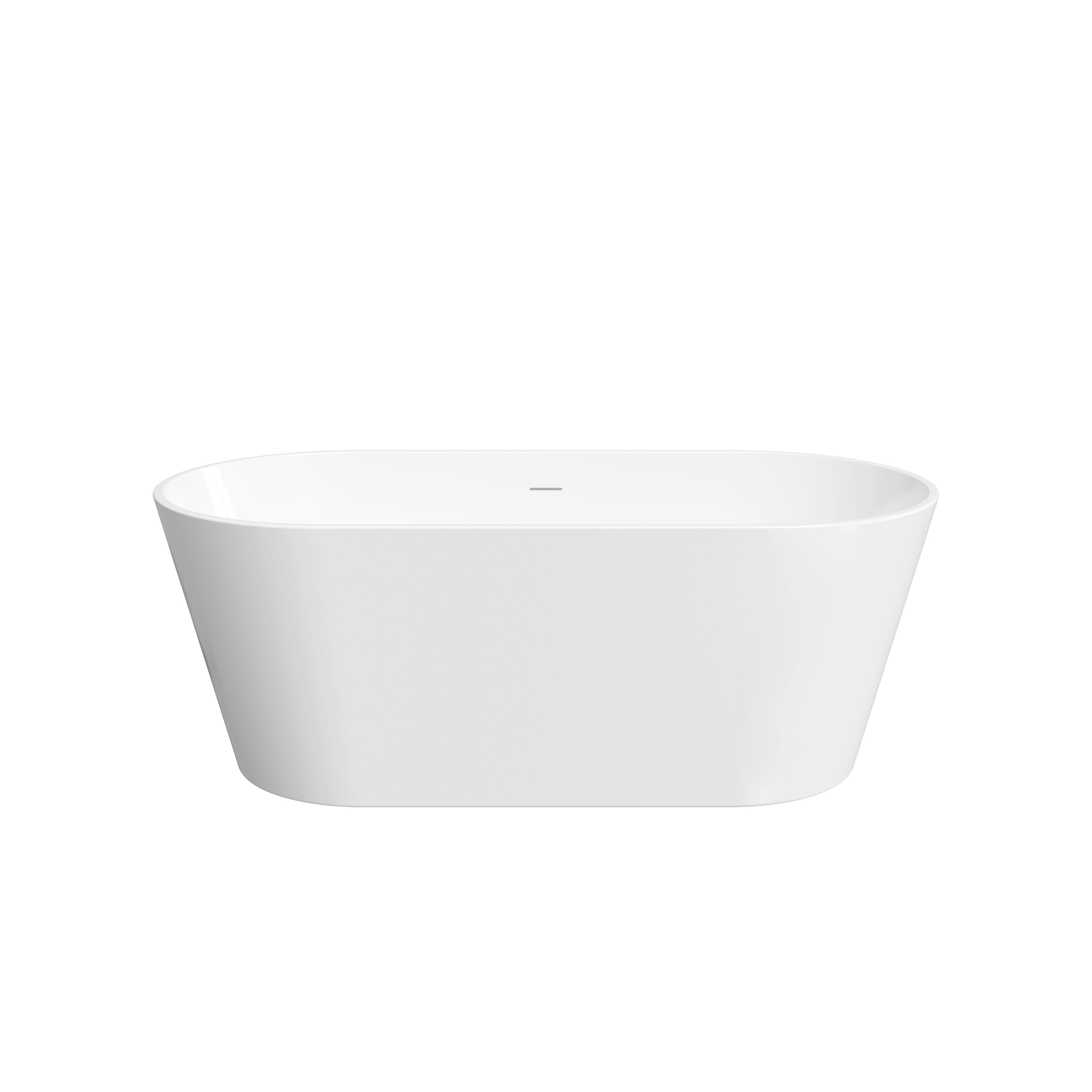


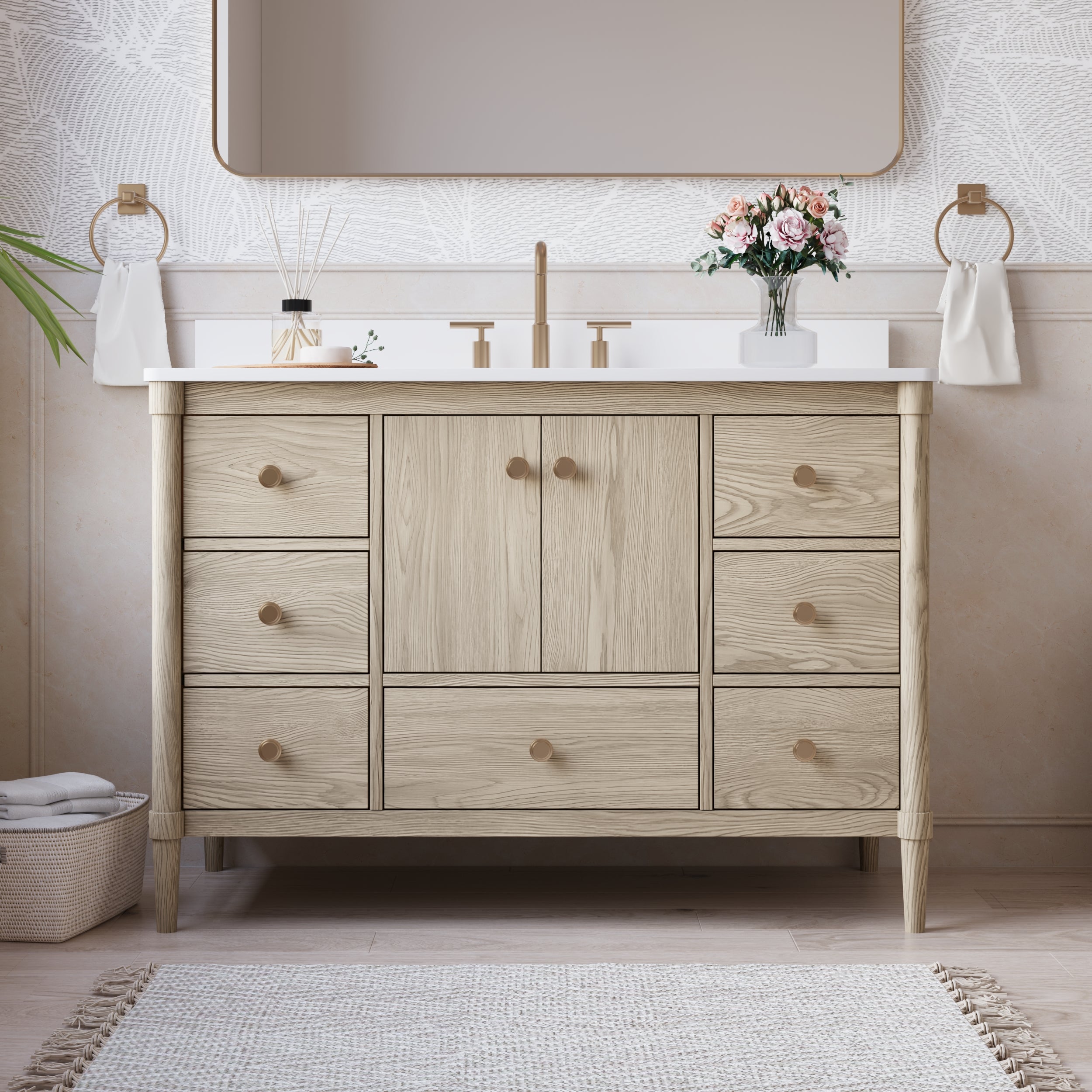
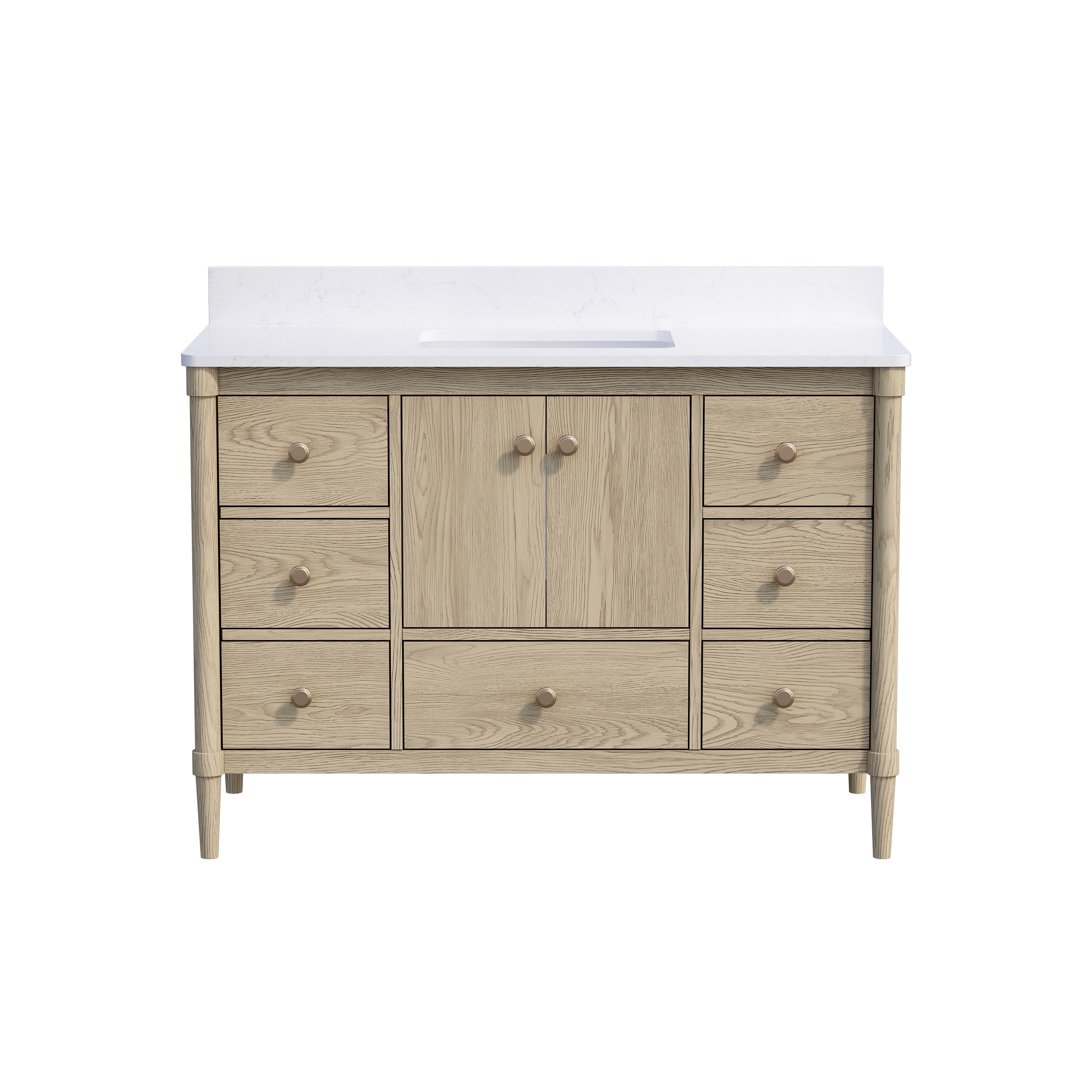
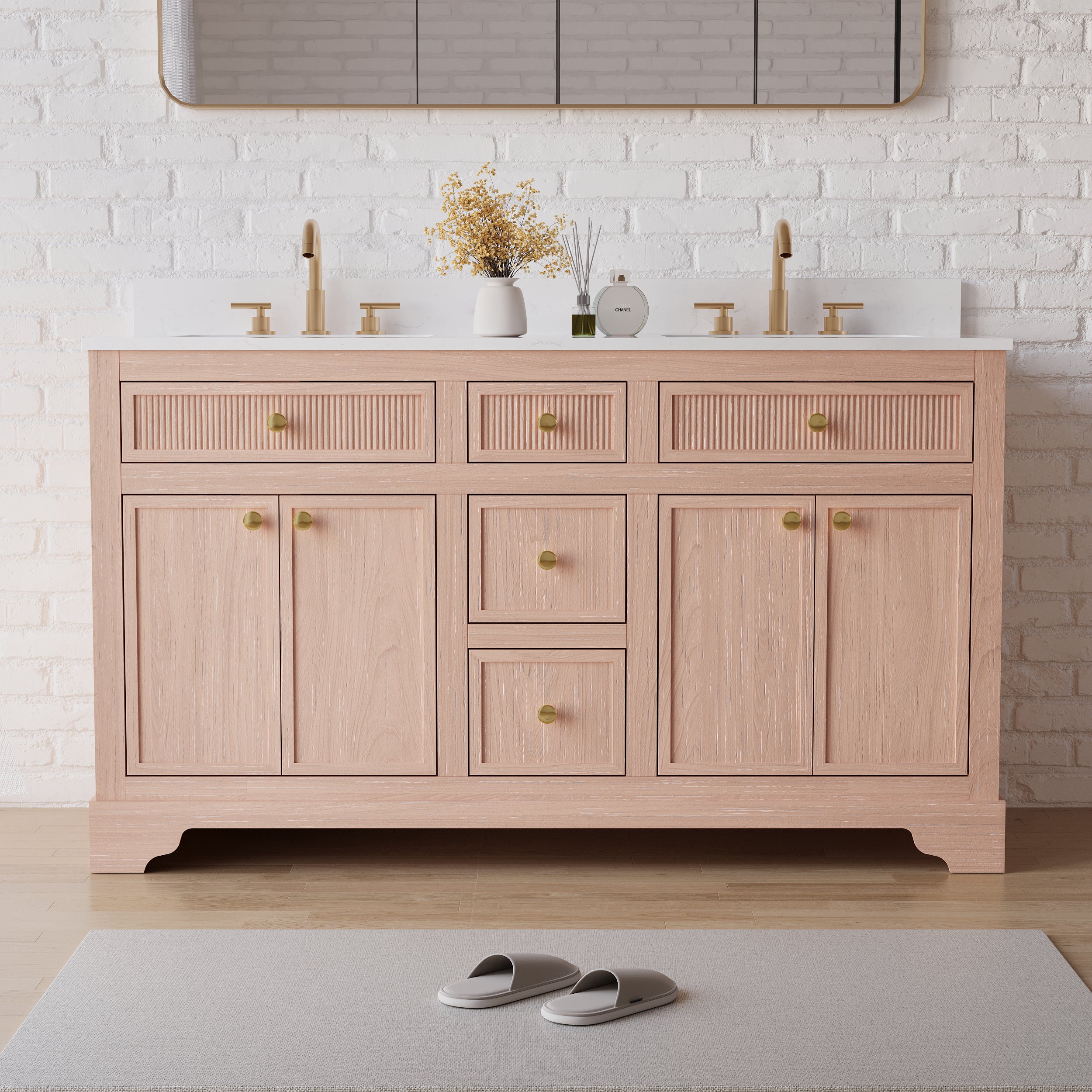
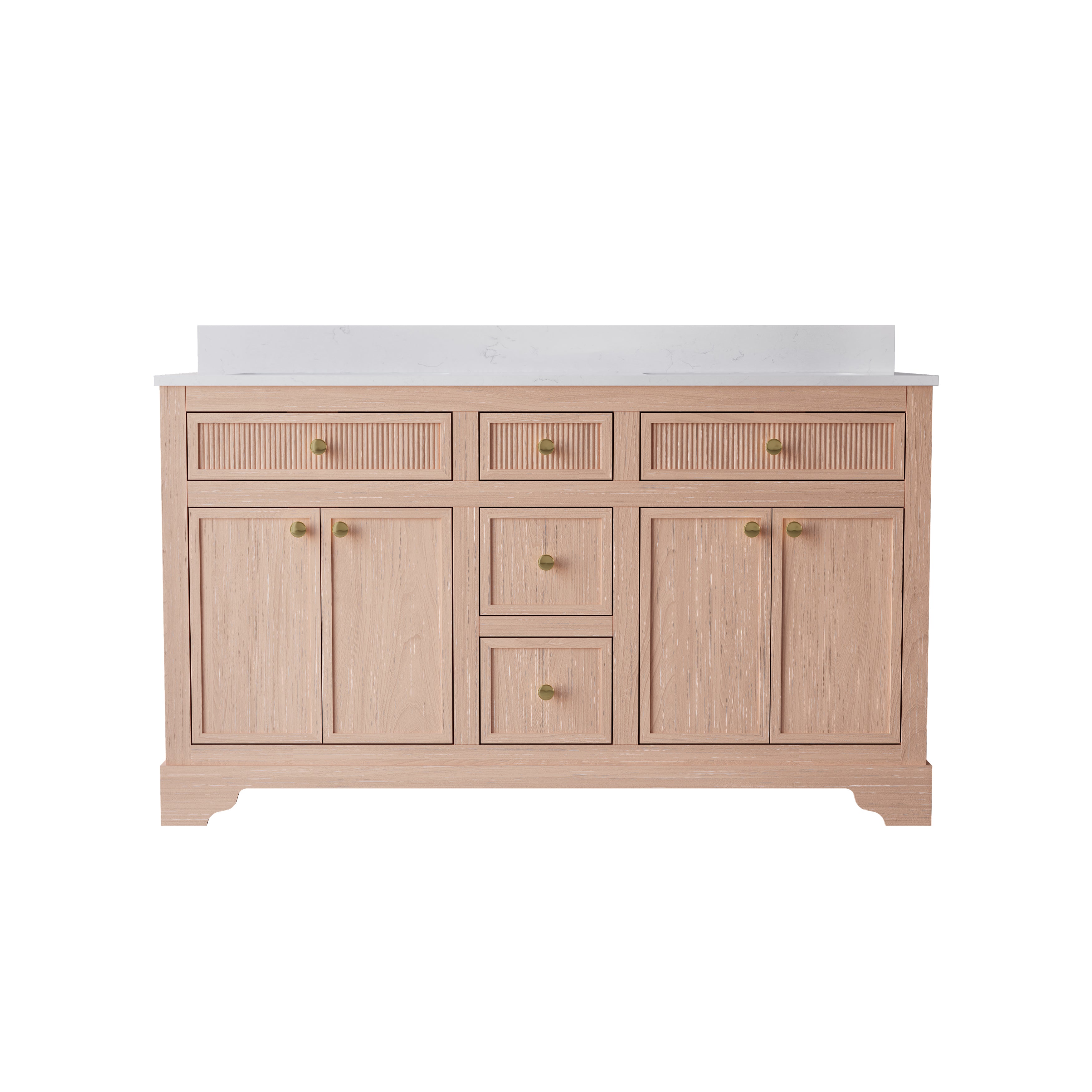
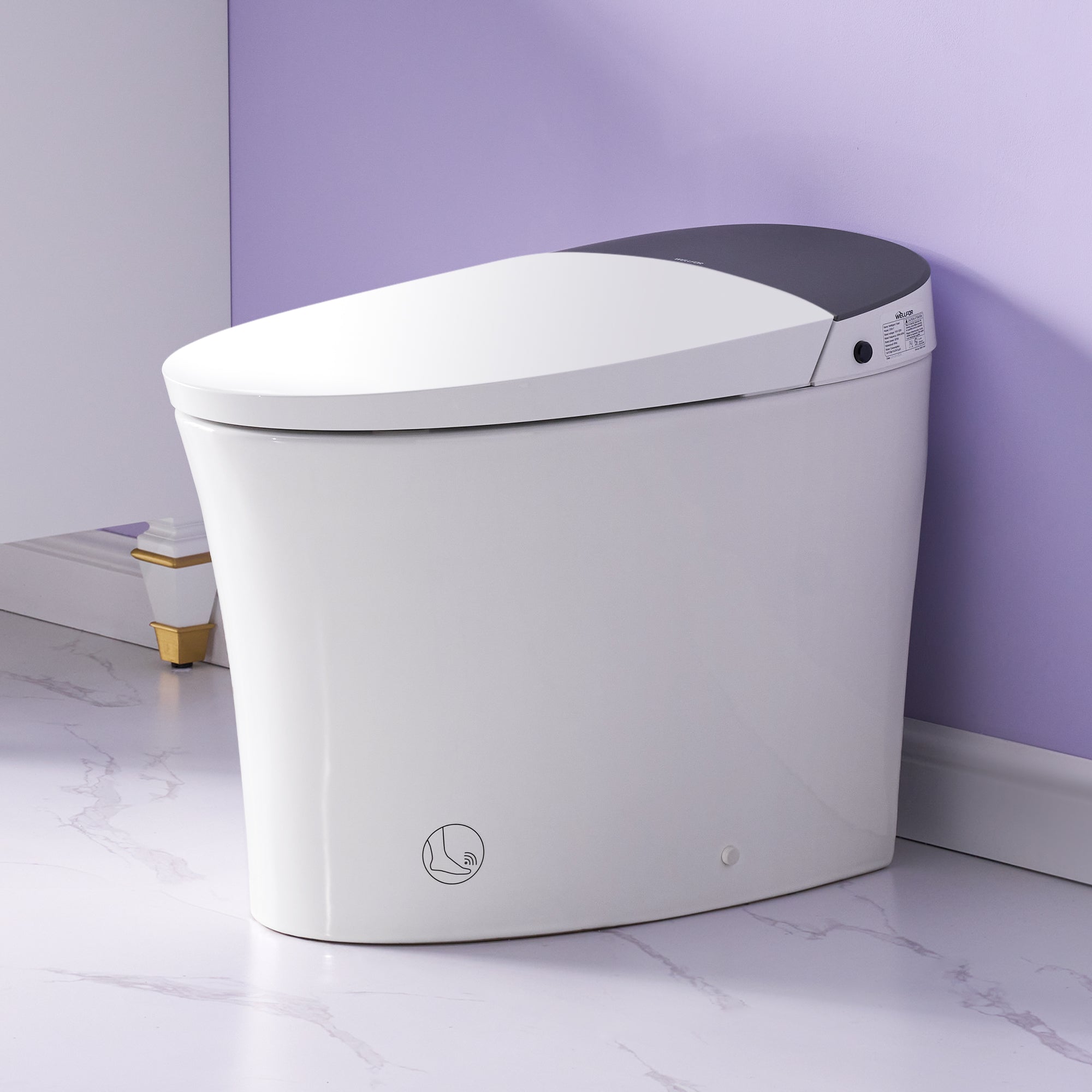
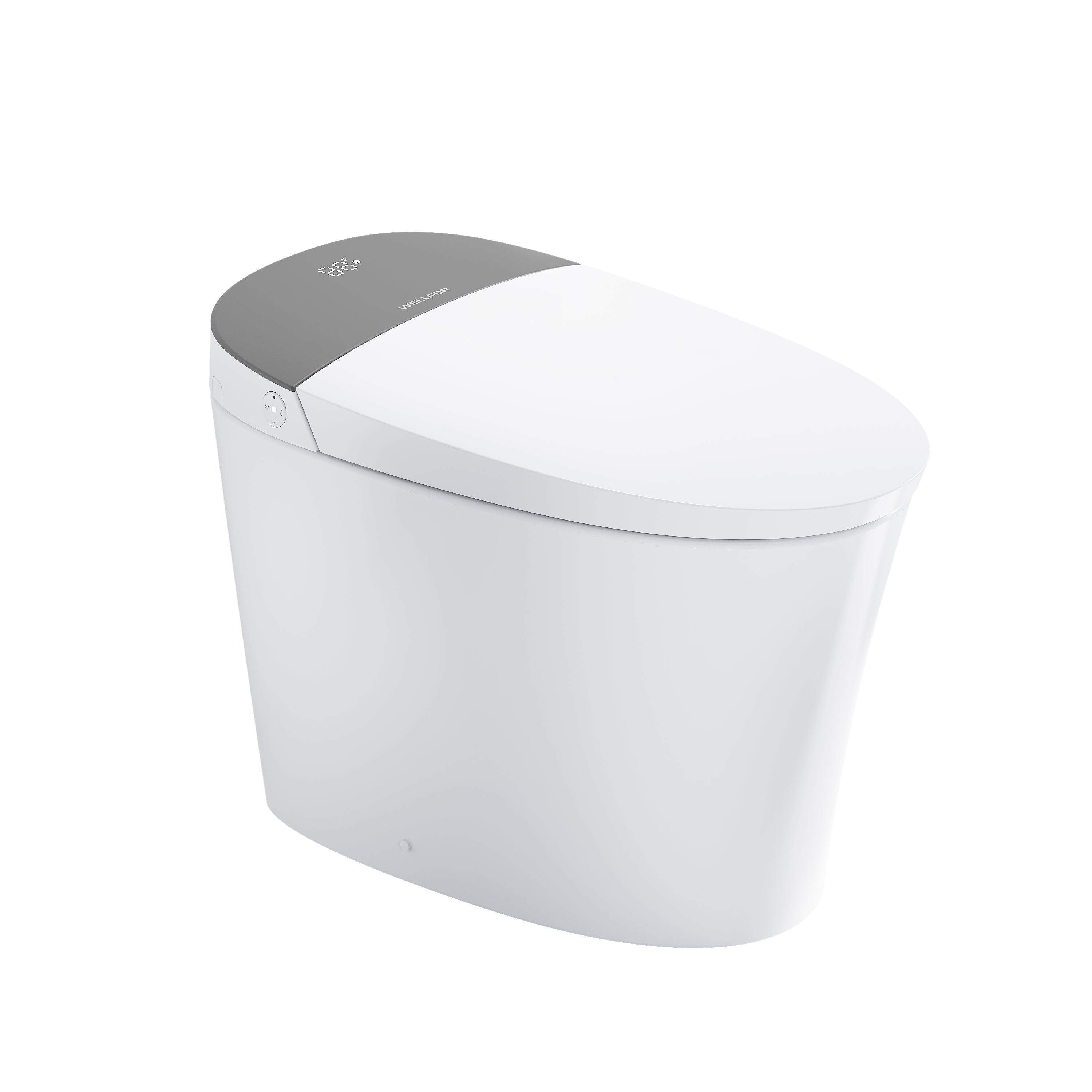
Leave a comment
This site is protected by hCaptcha and the hCaptcha Privacy Policy and Terms of Service apply.